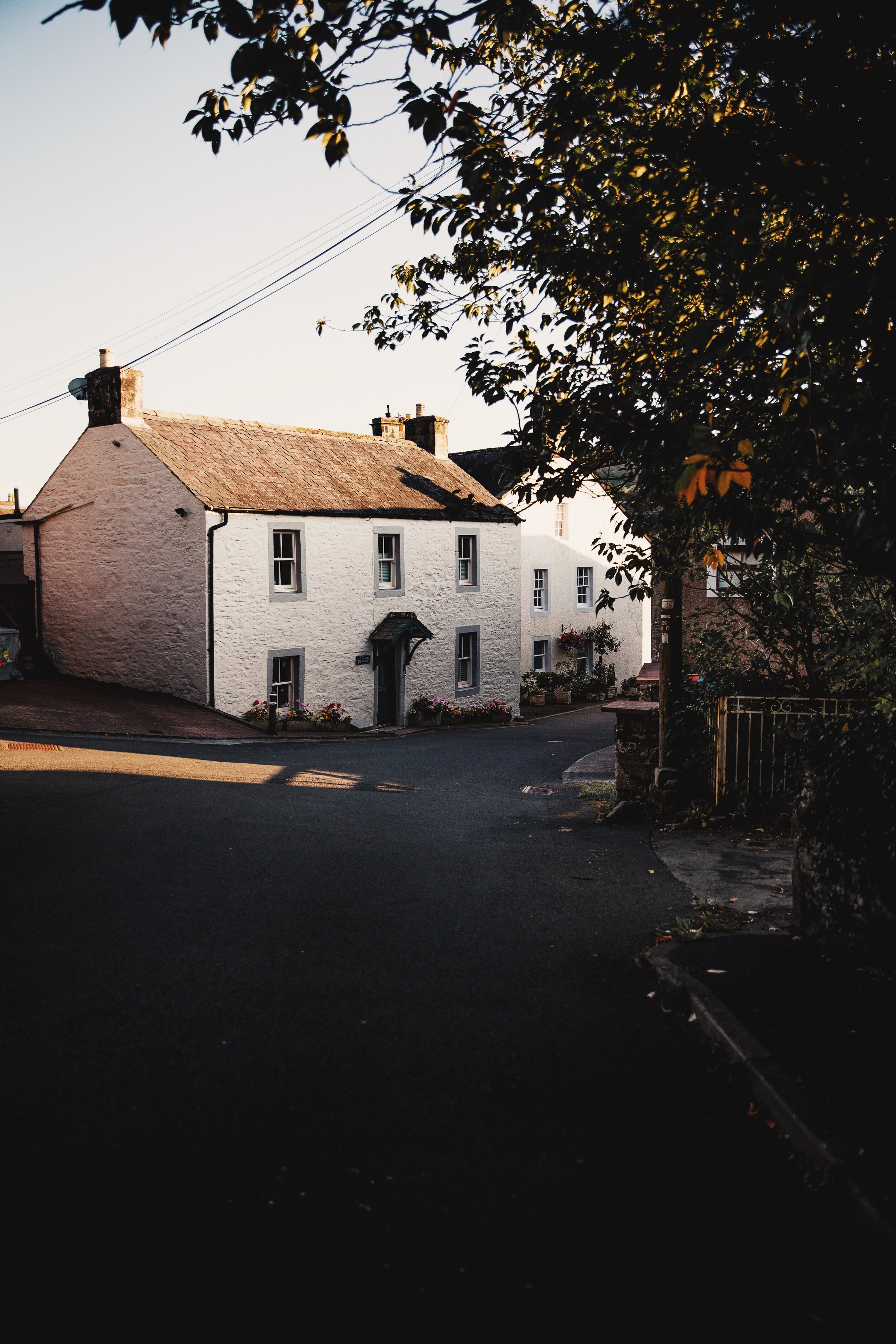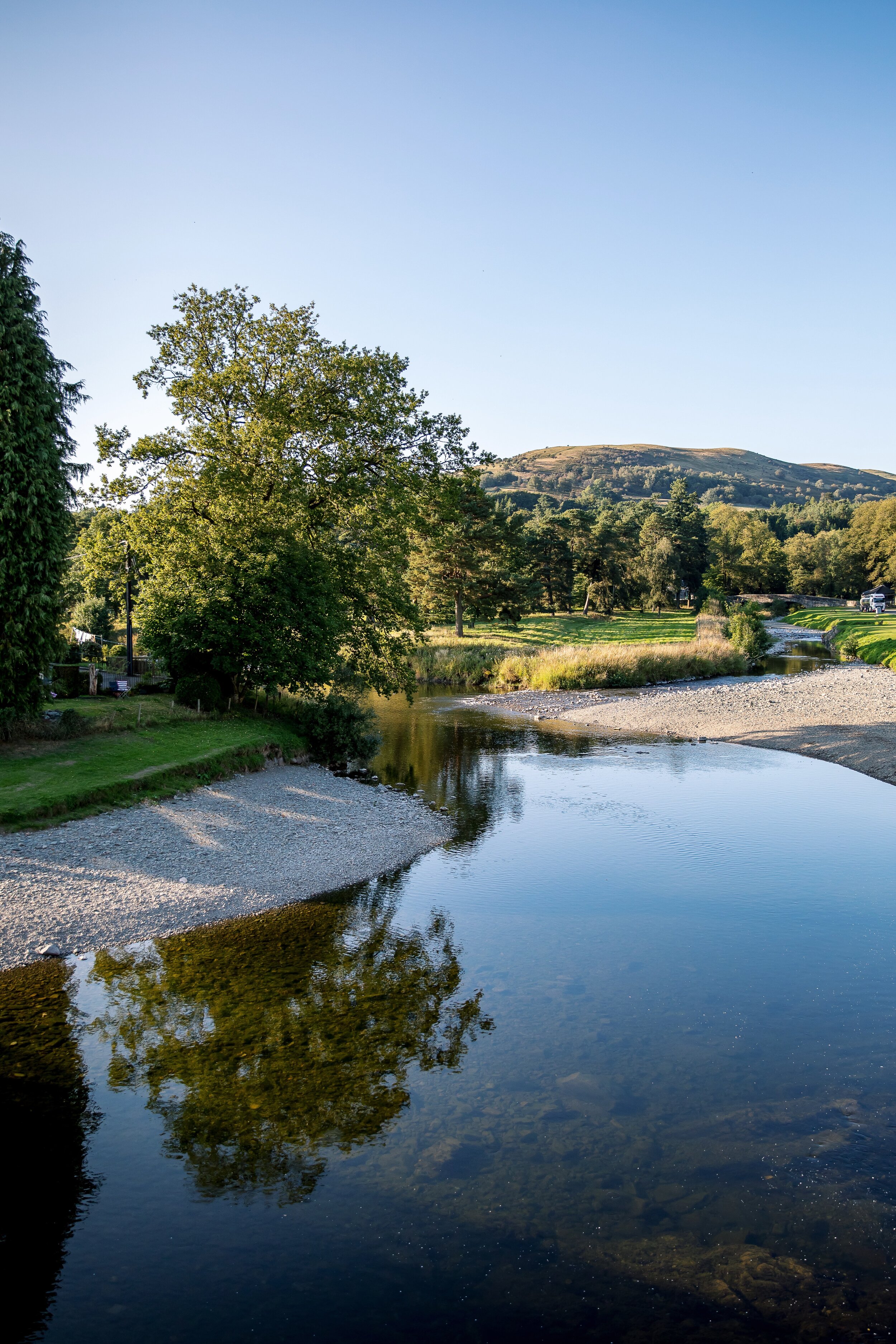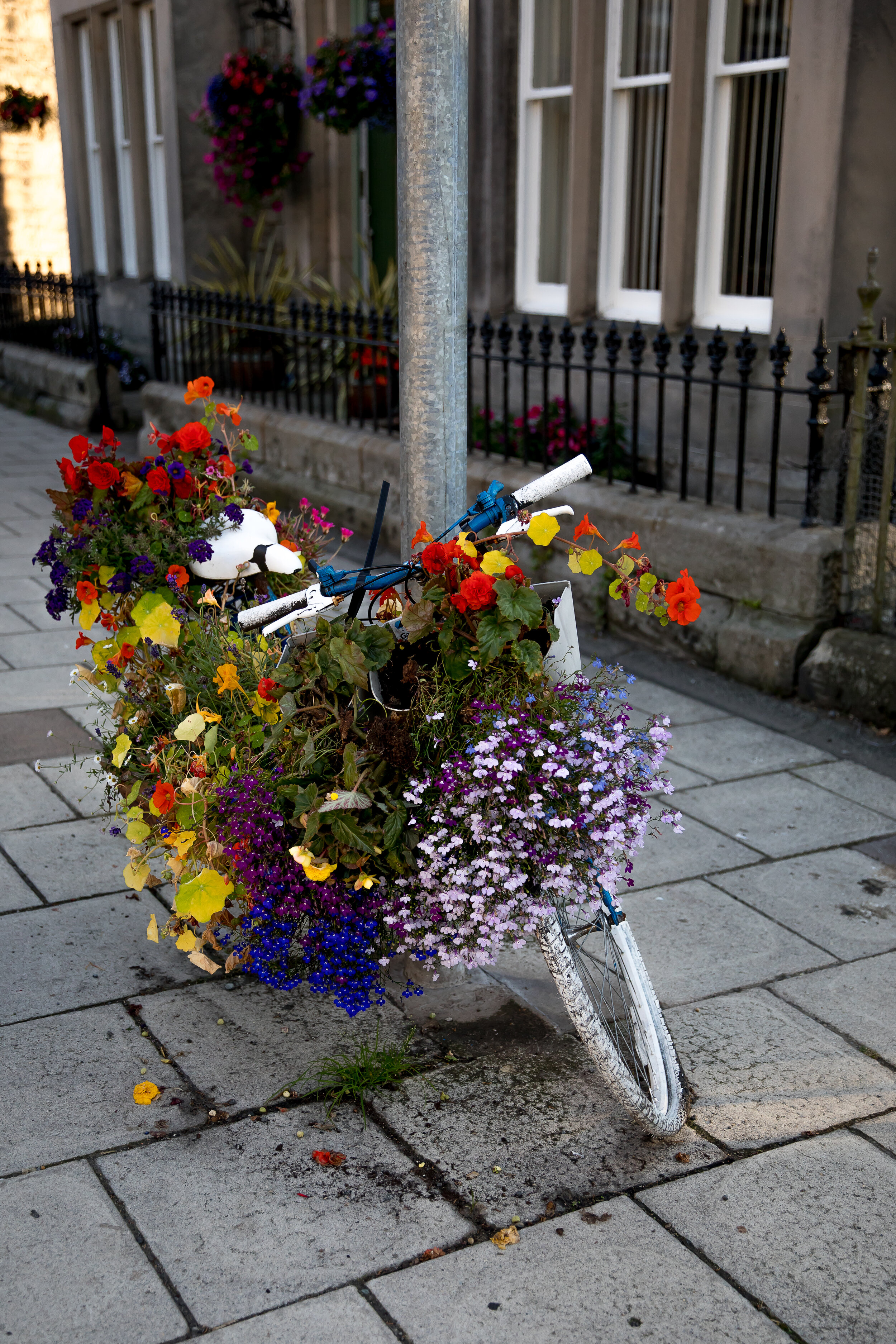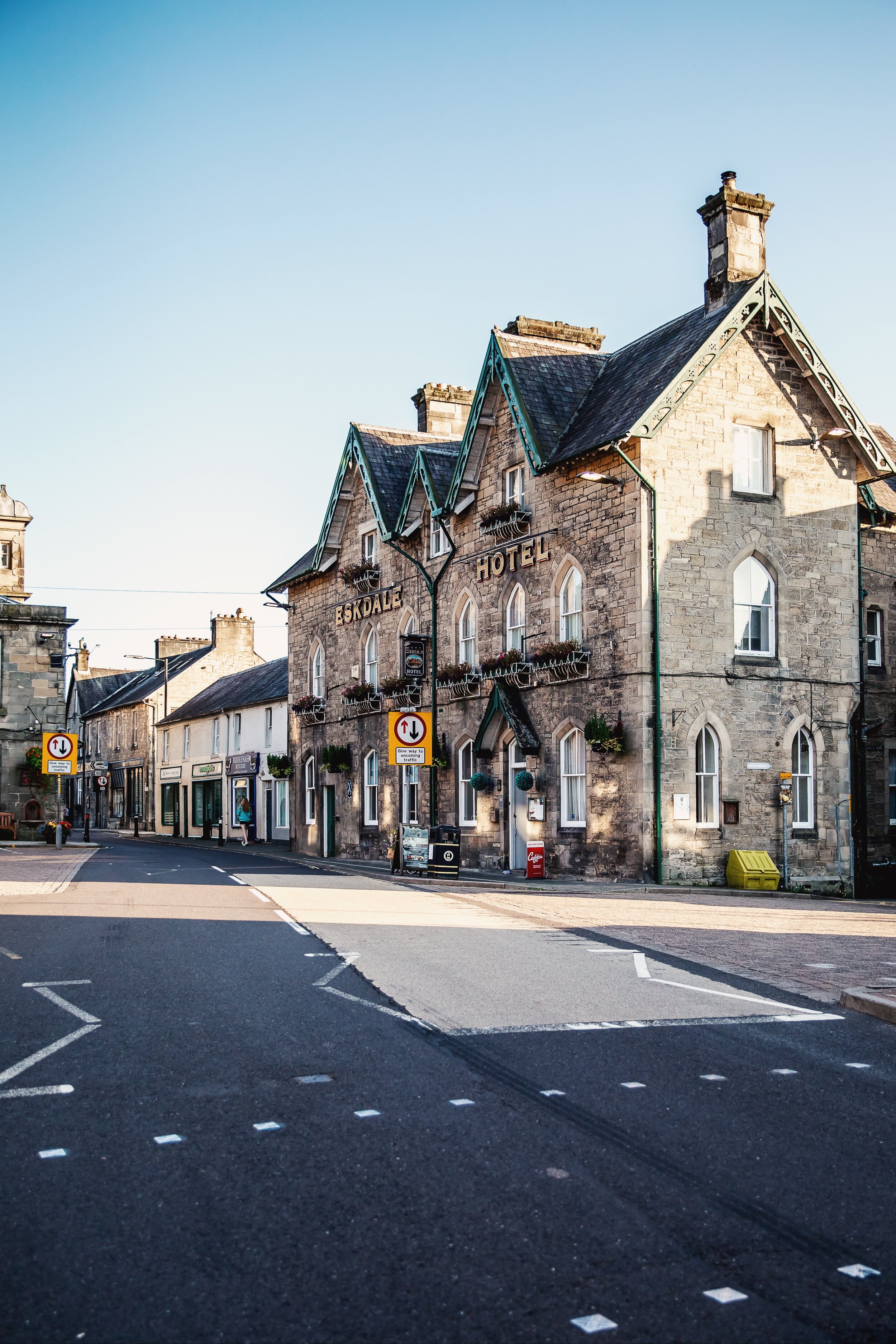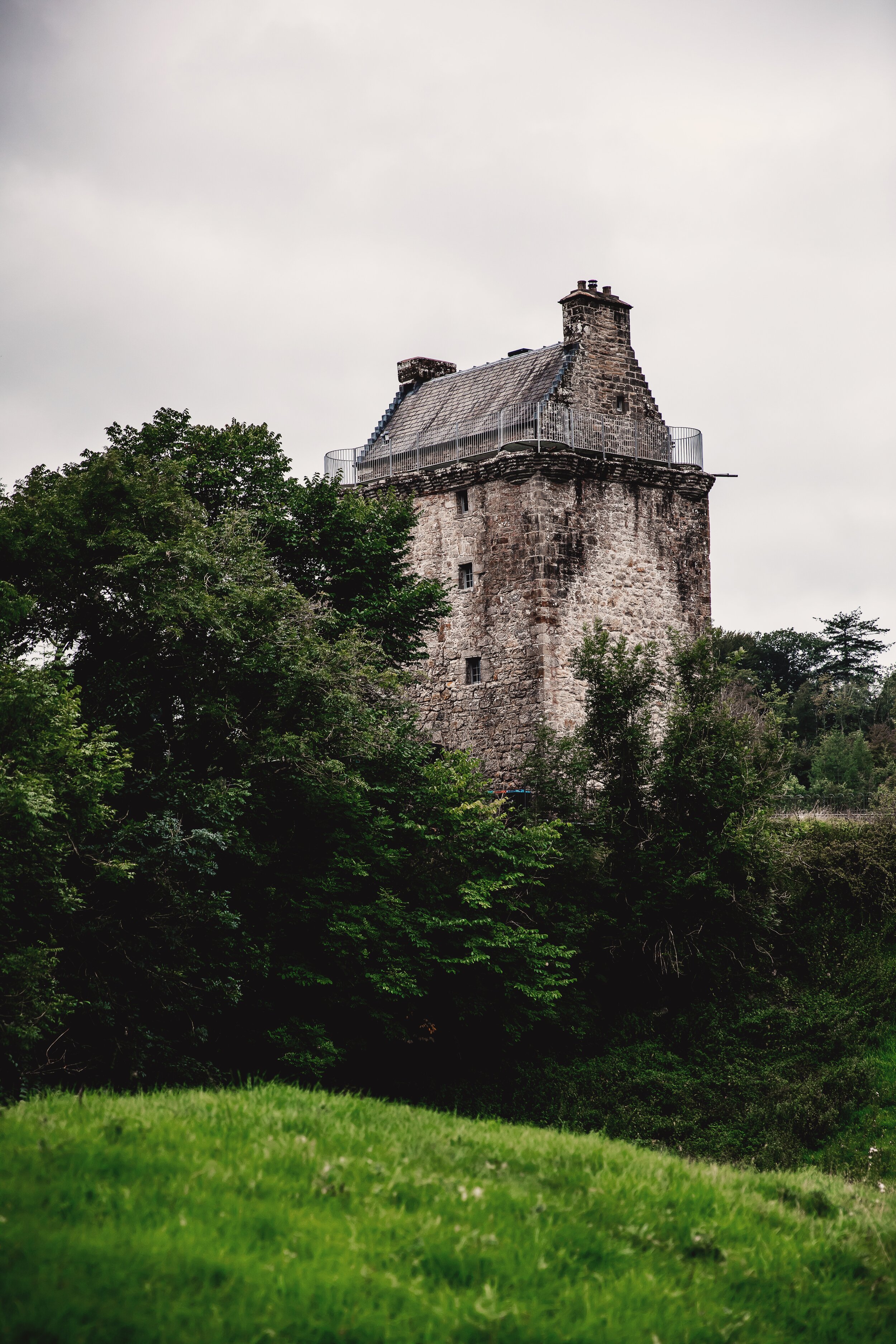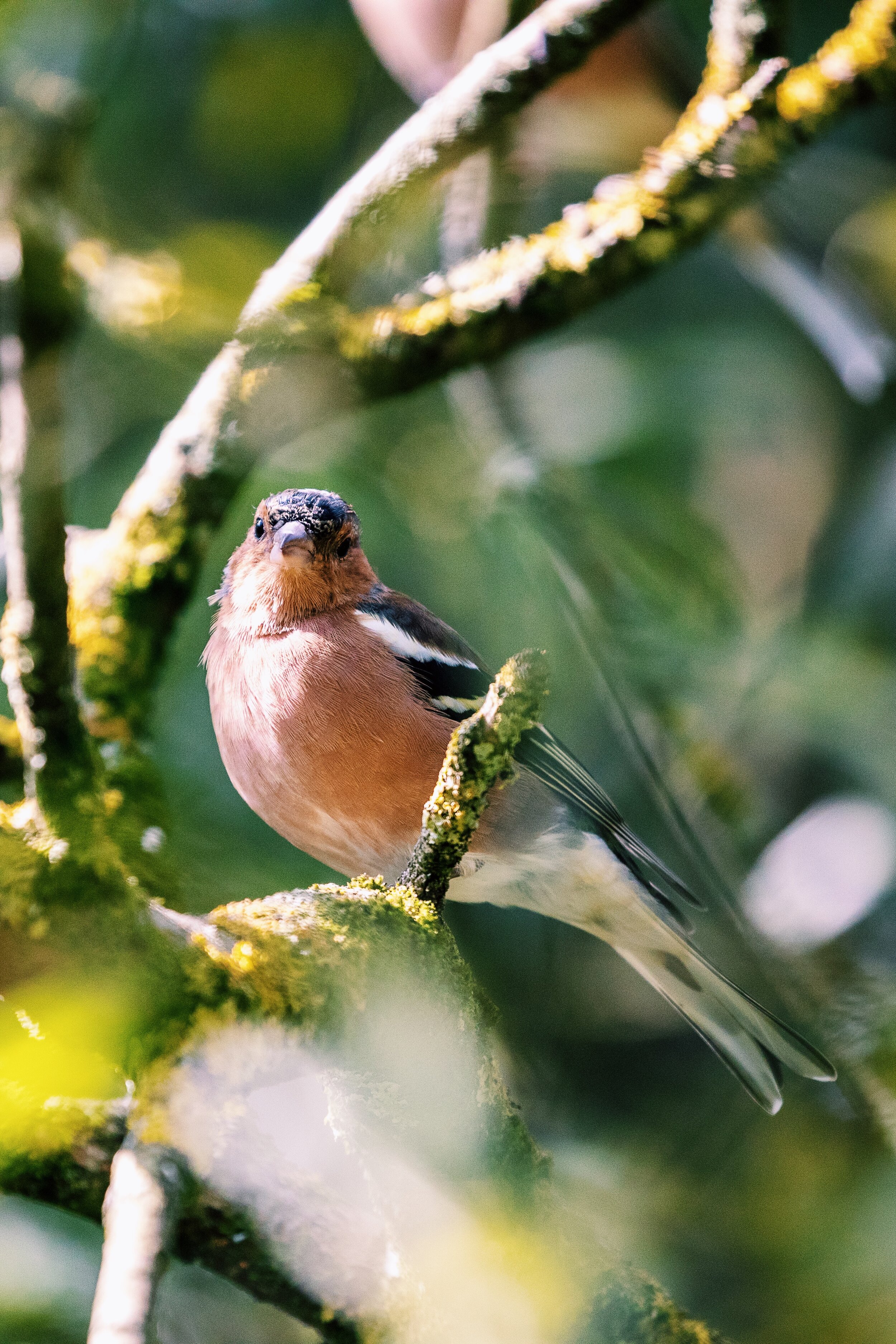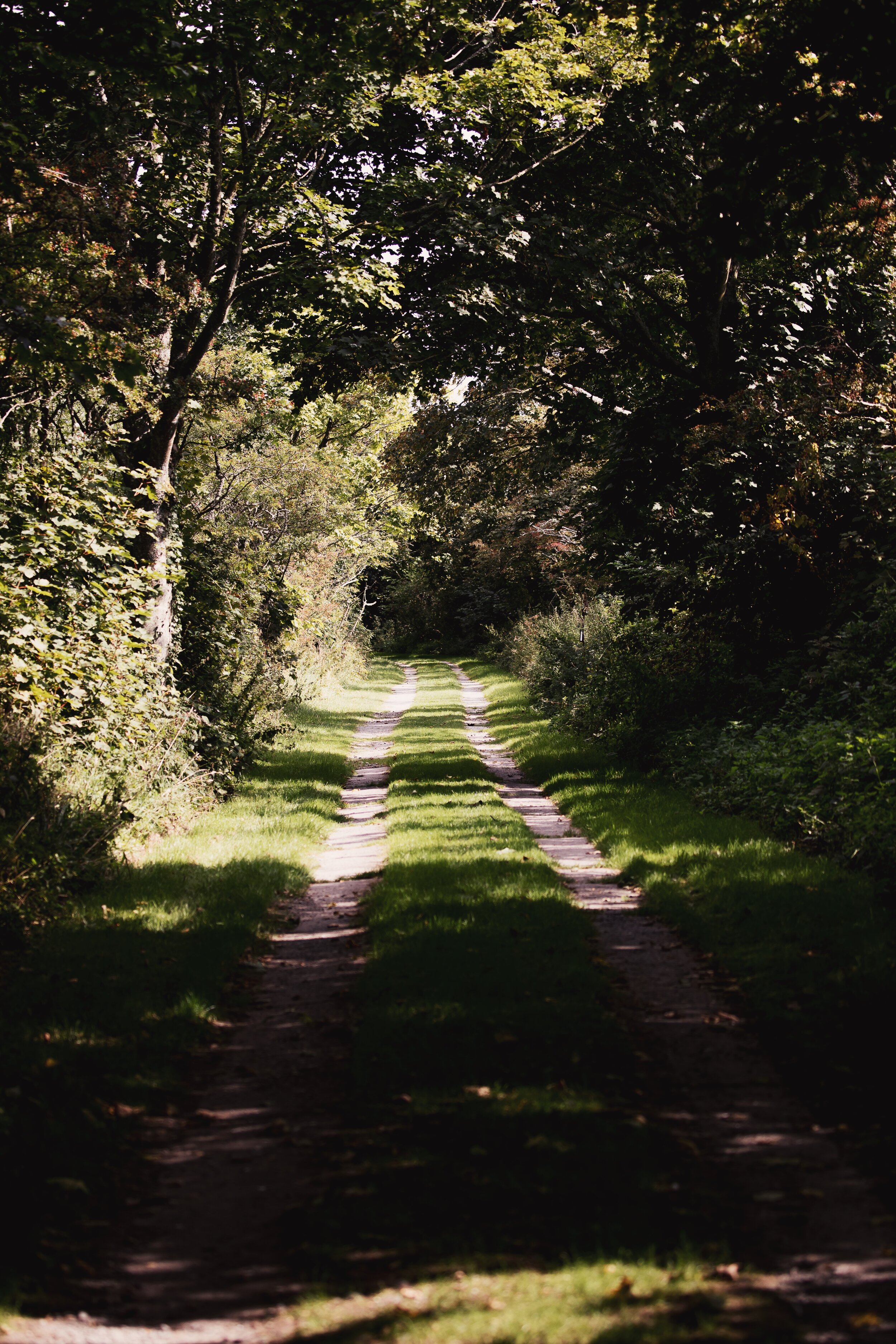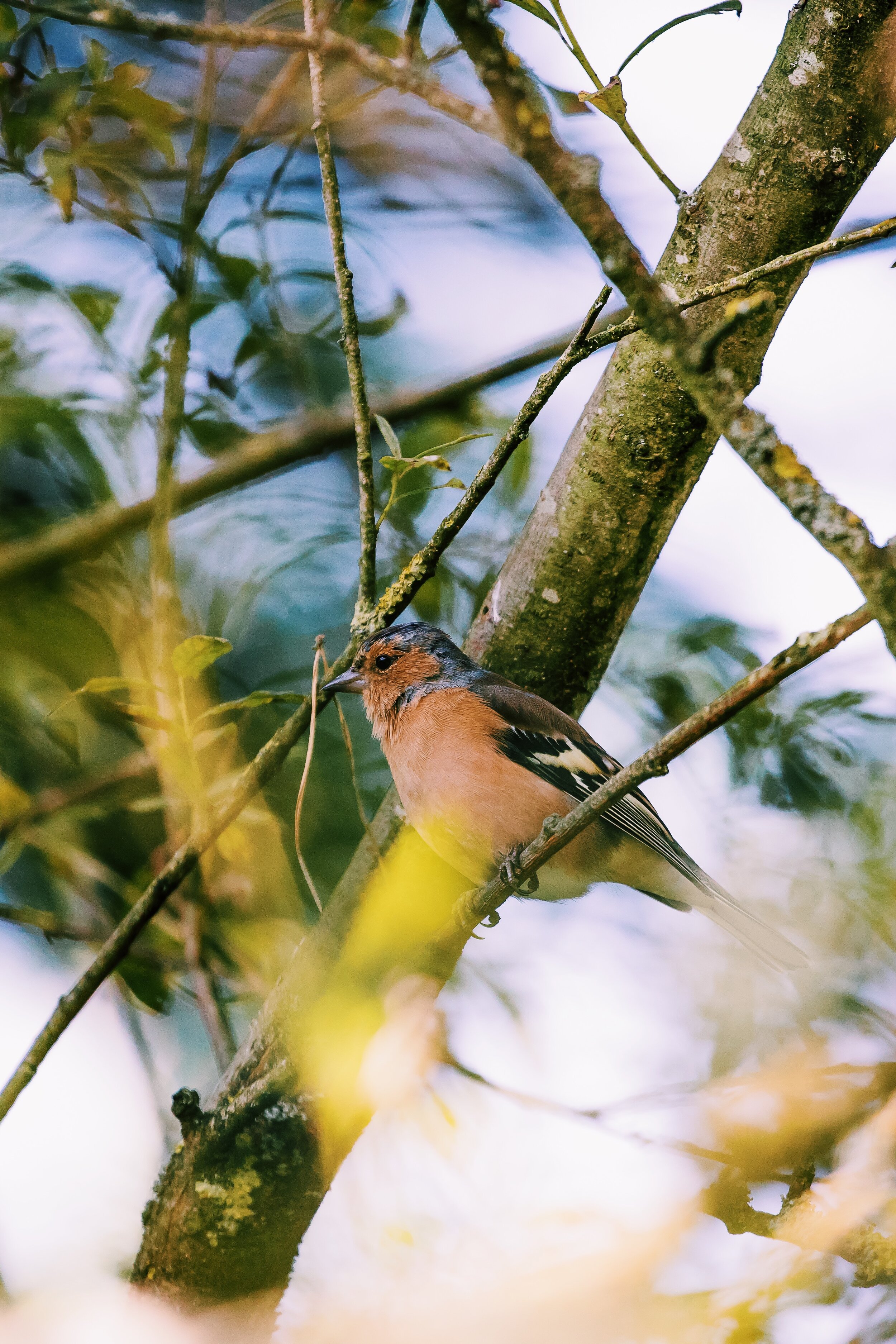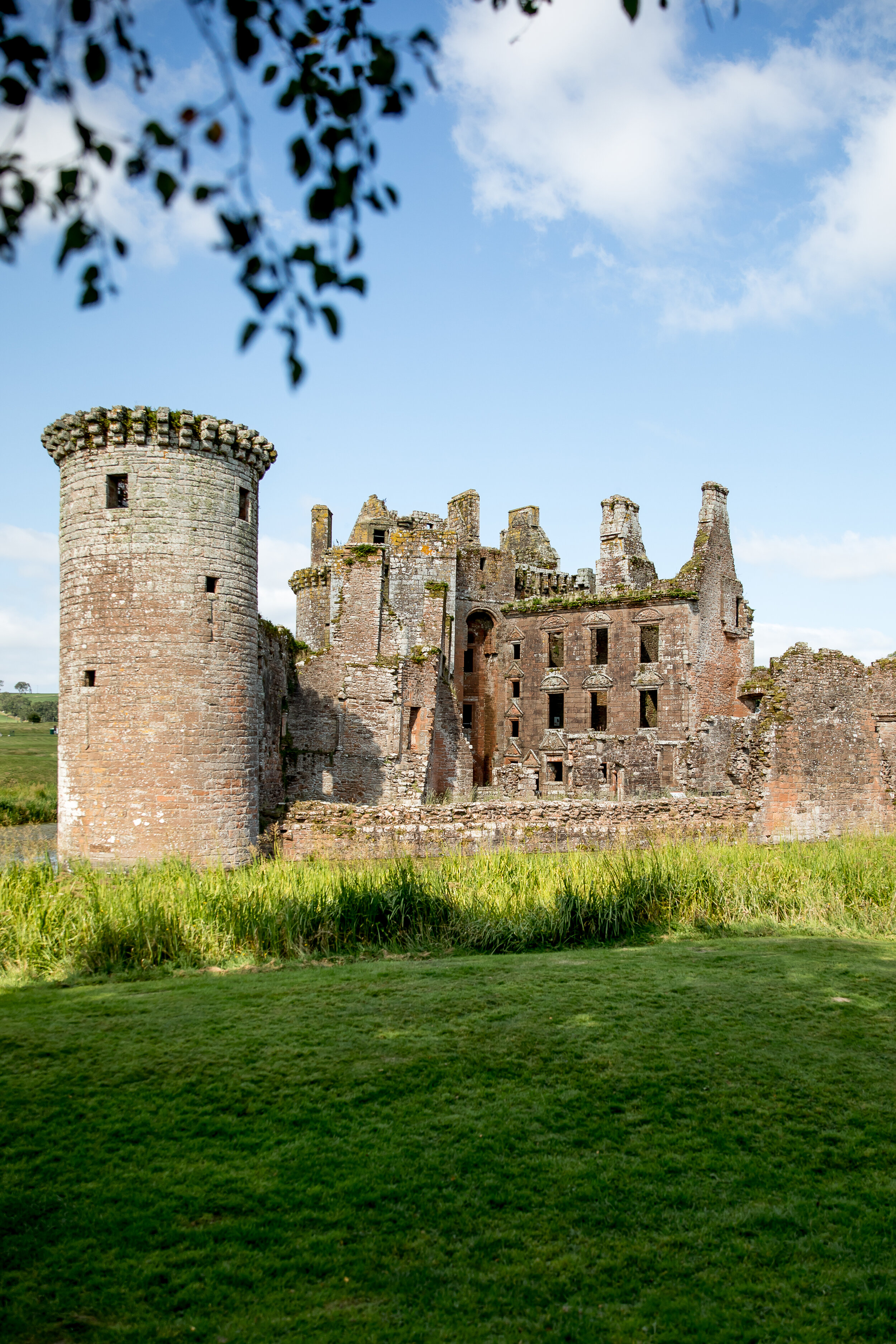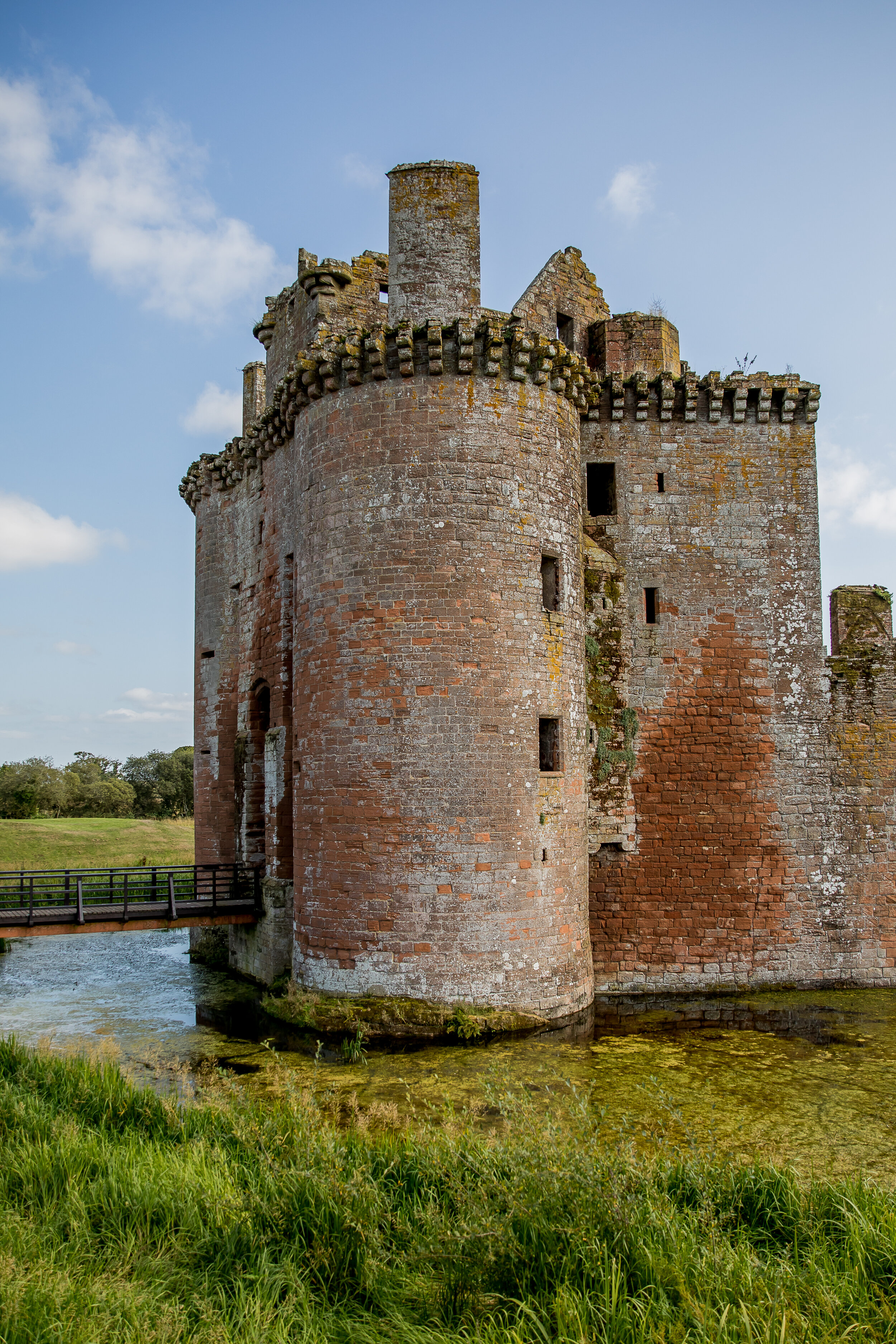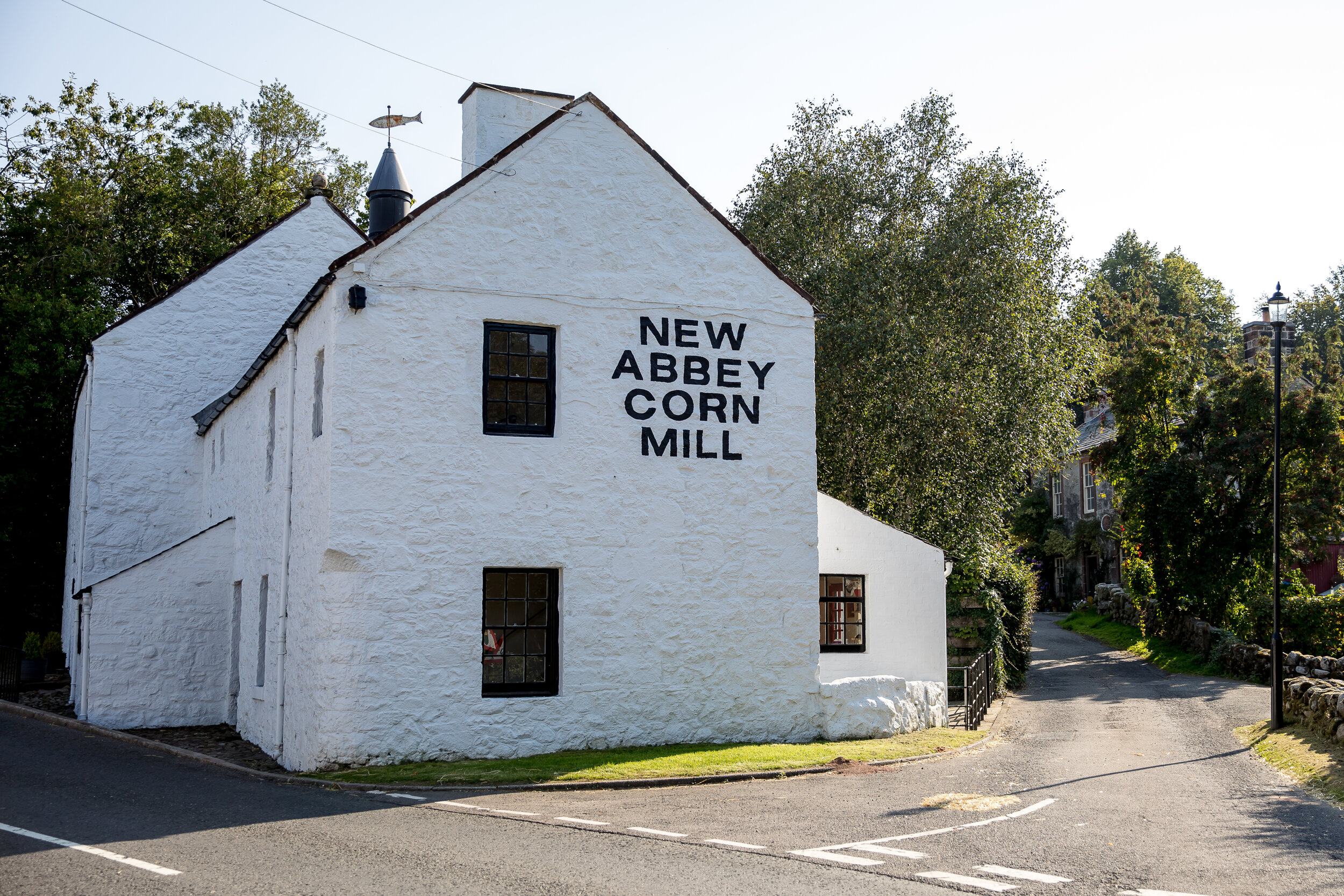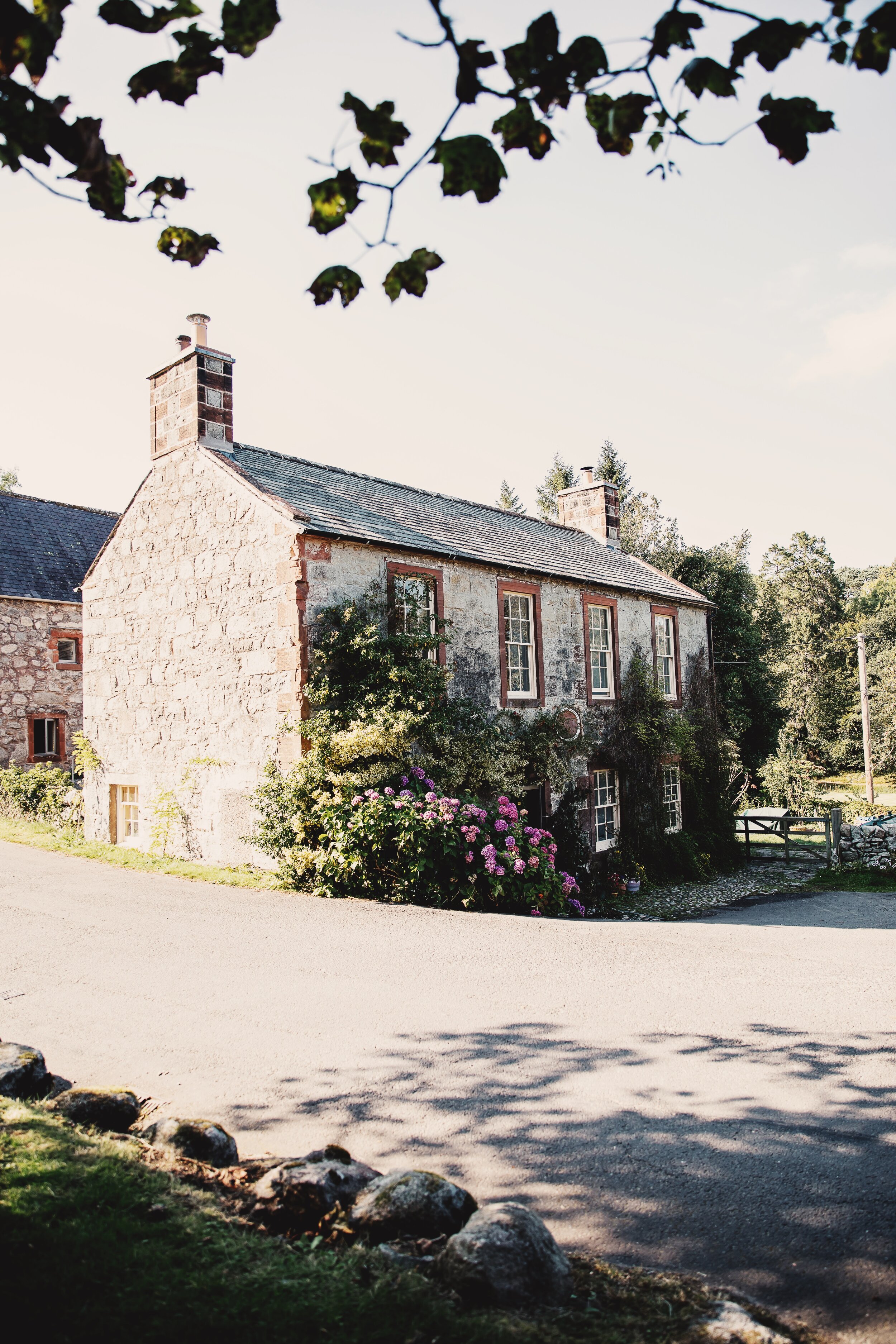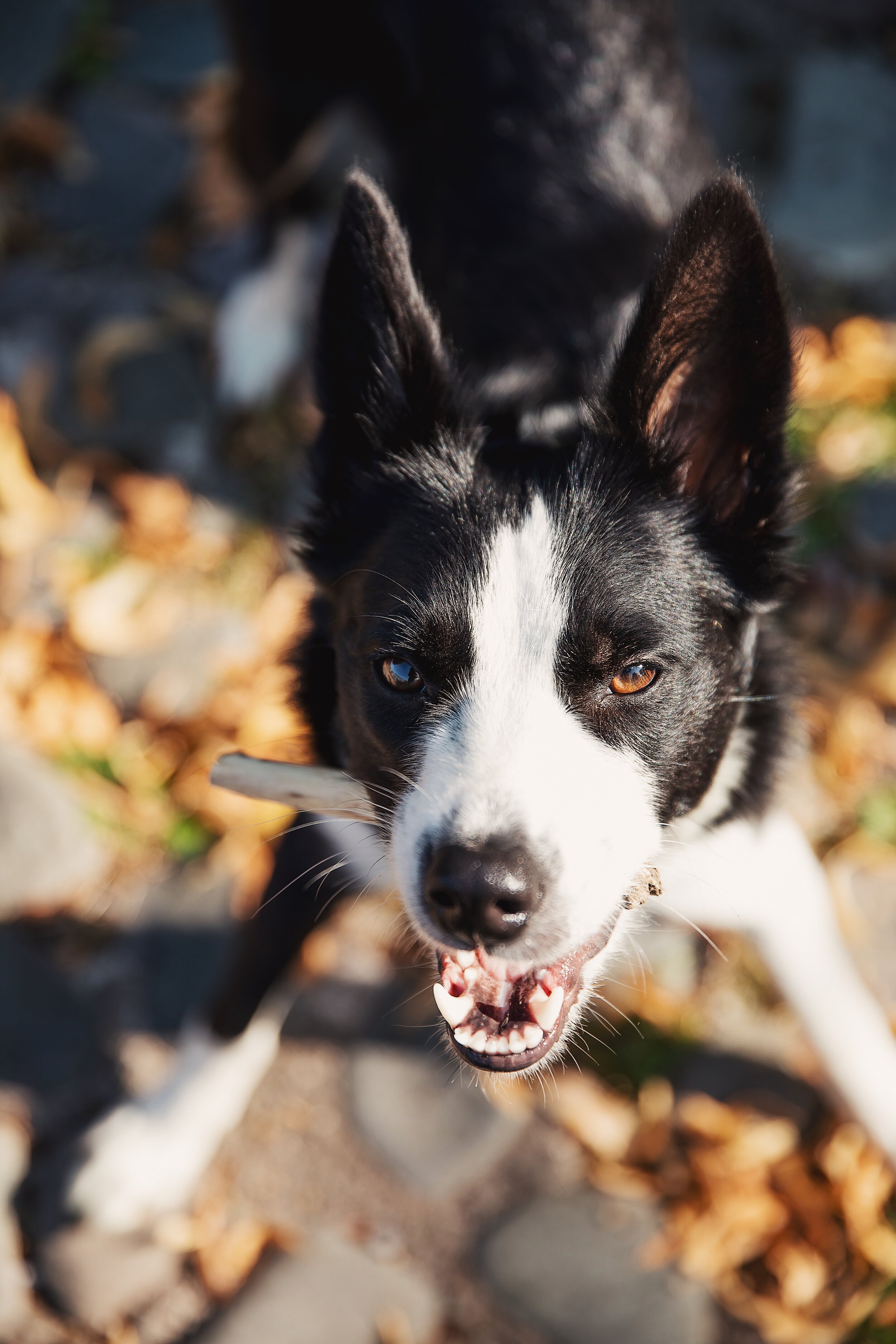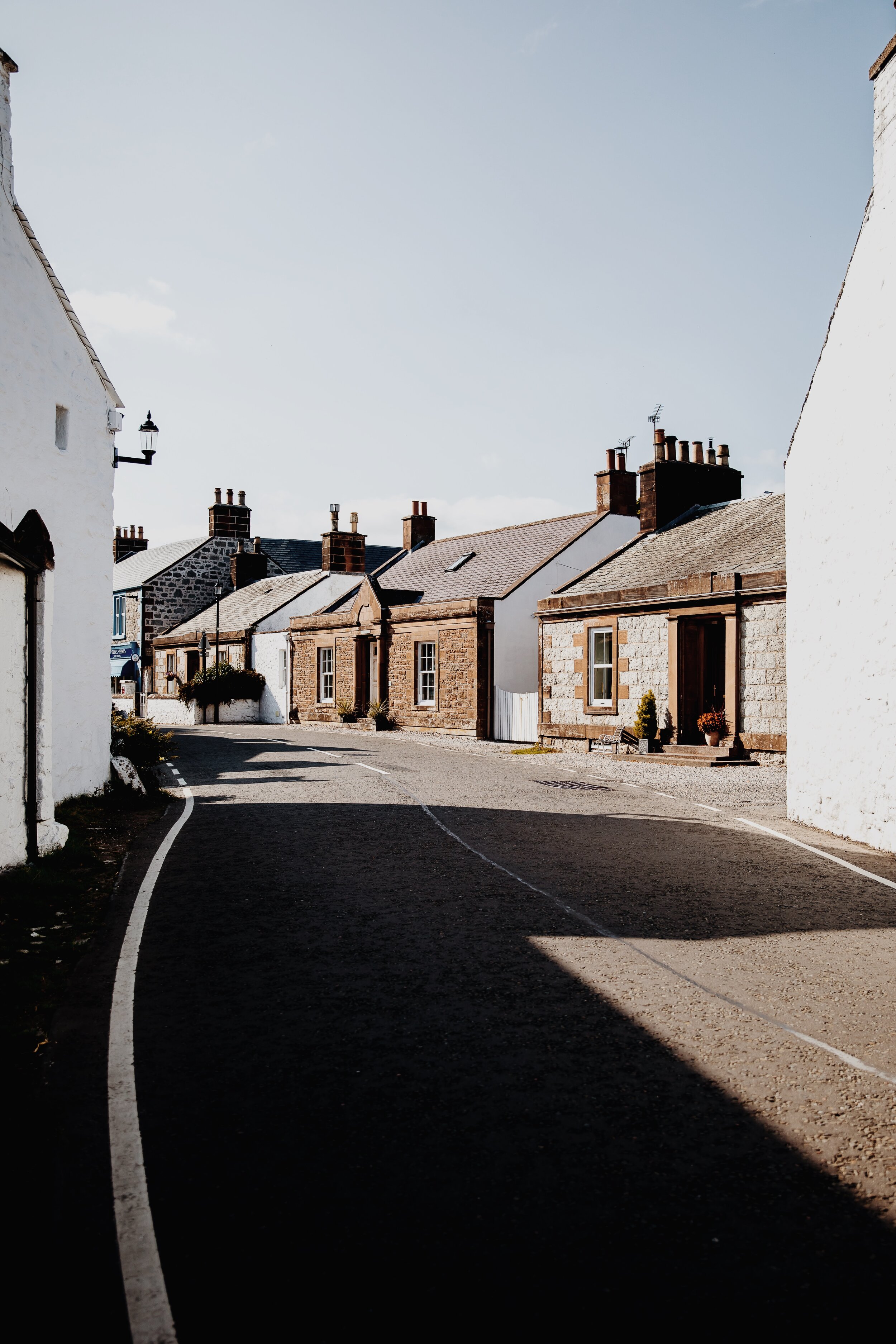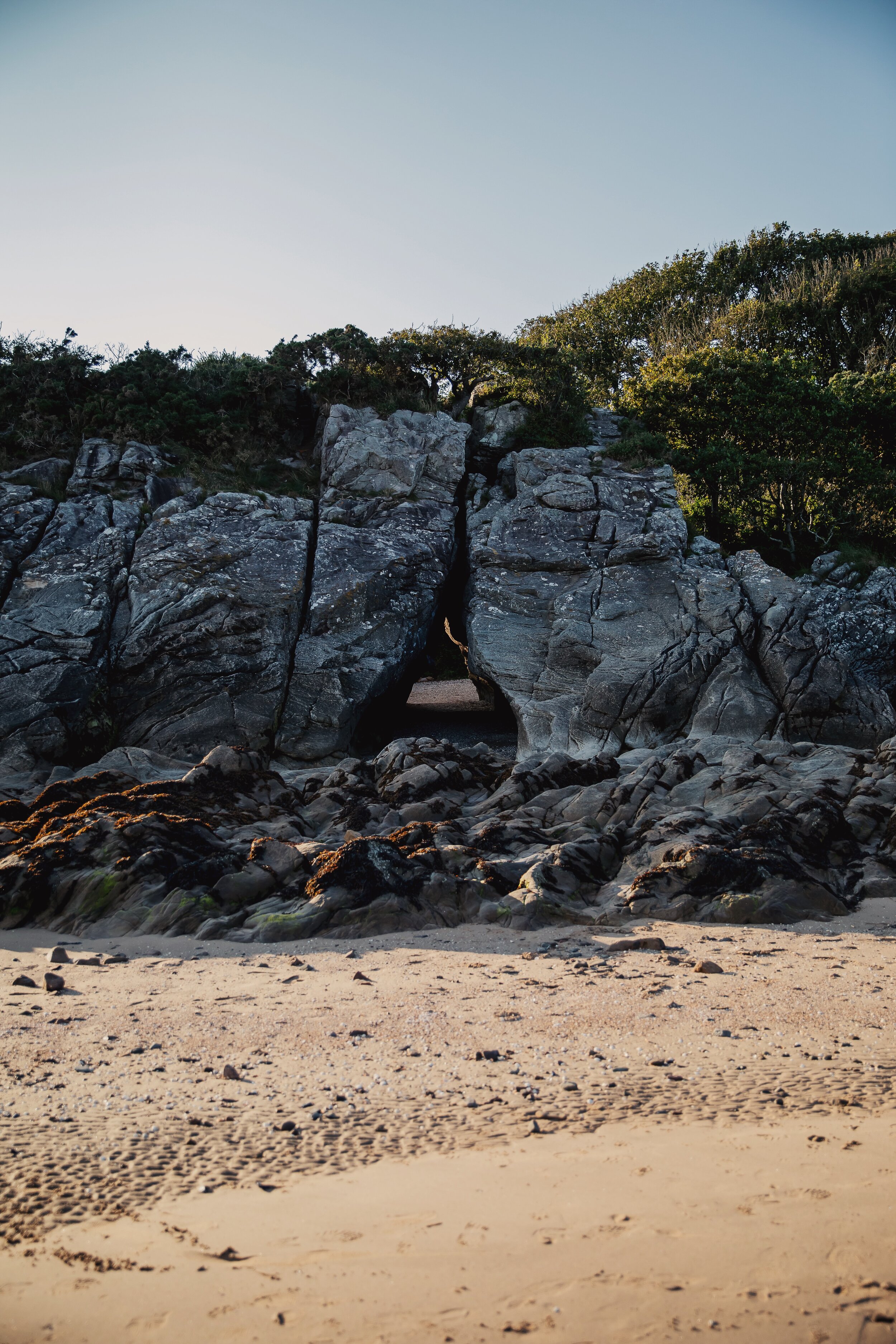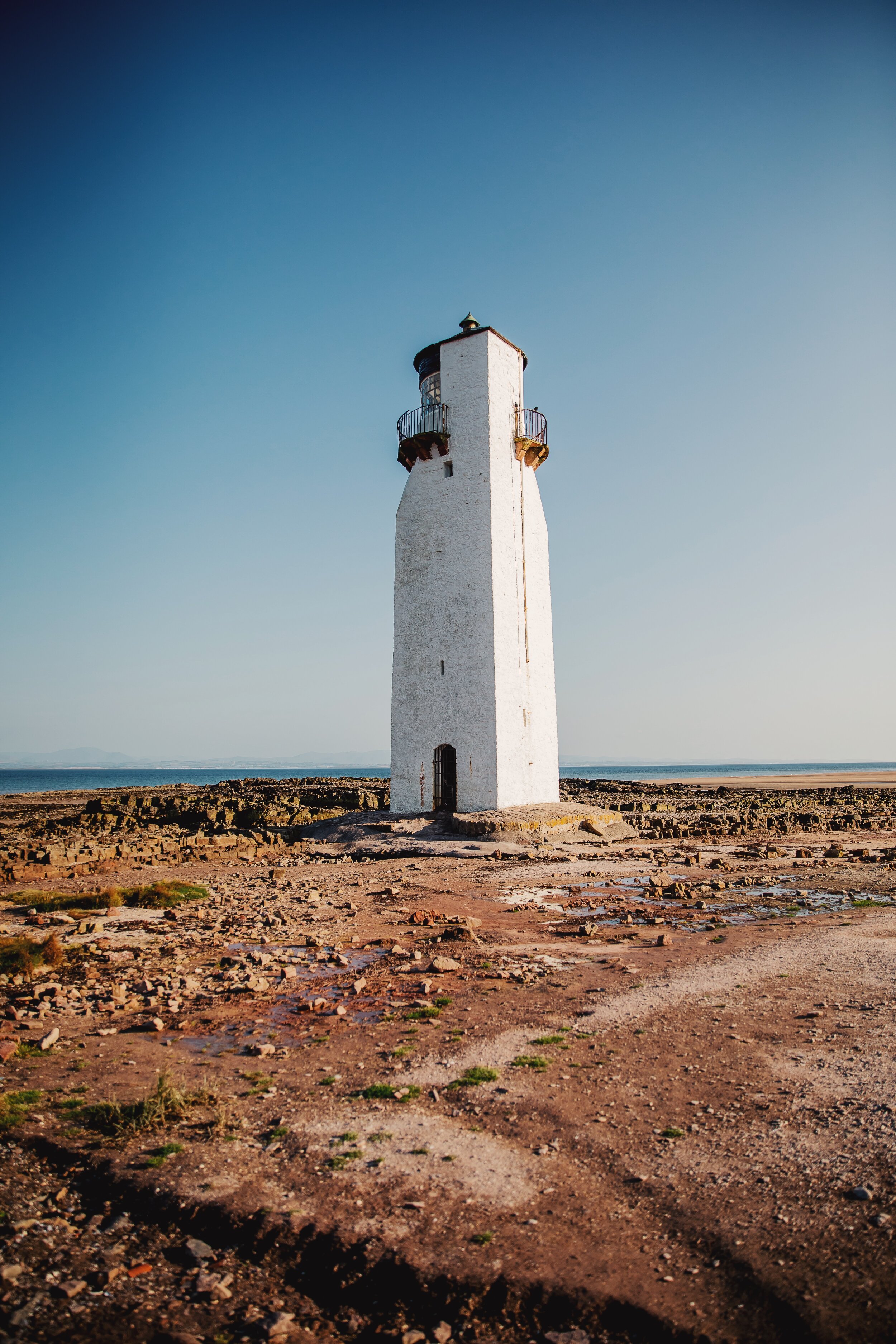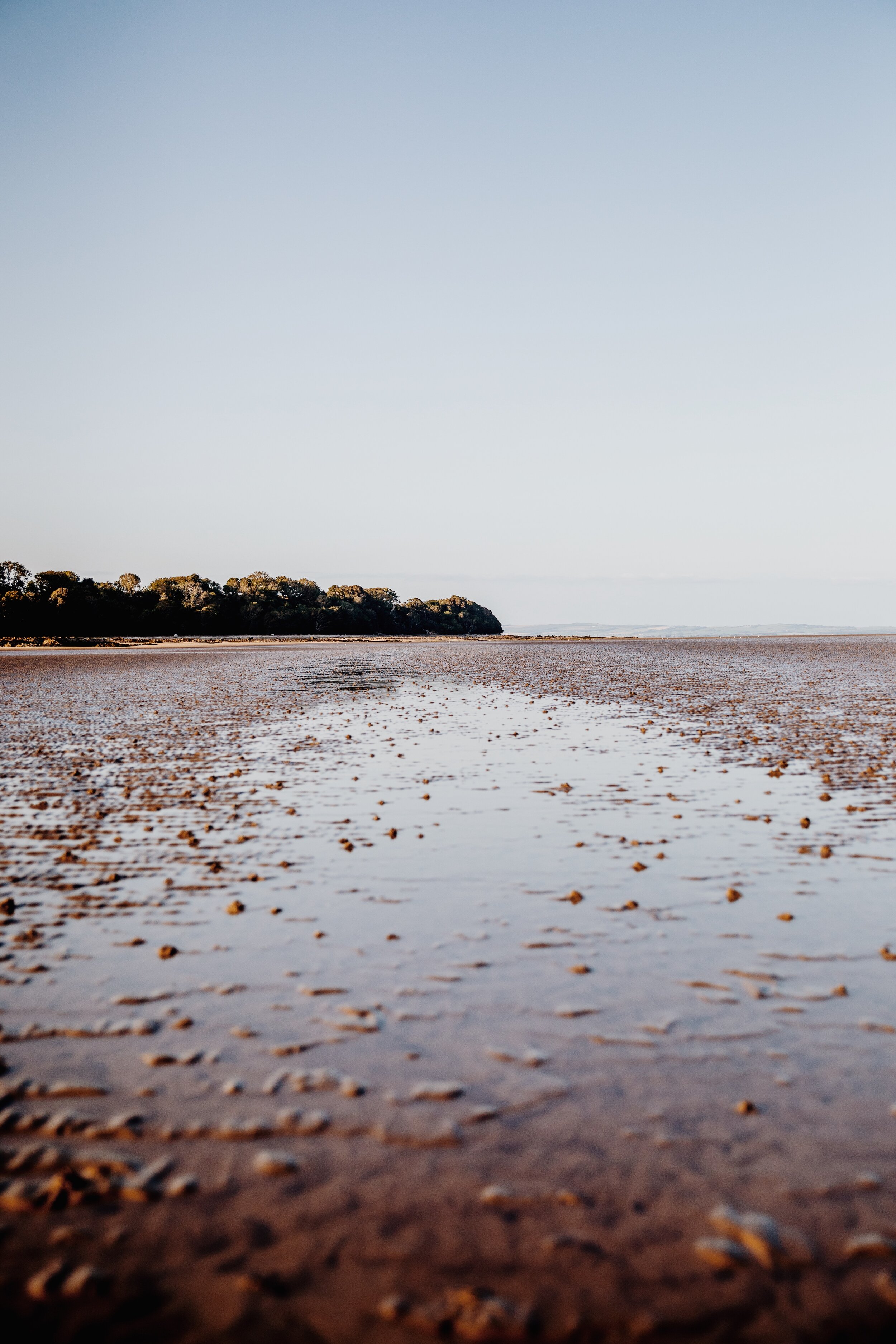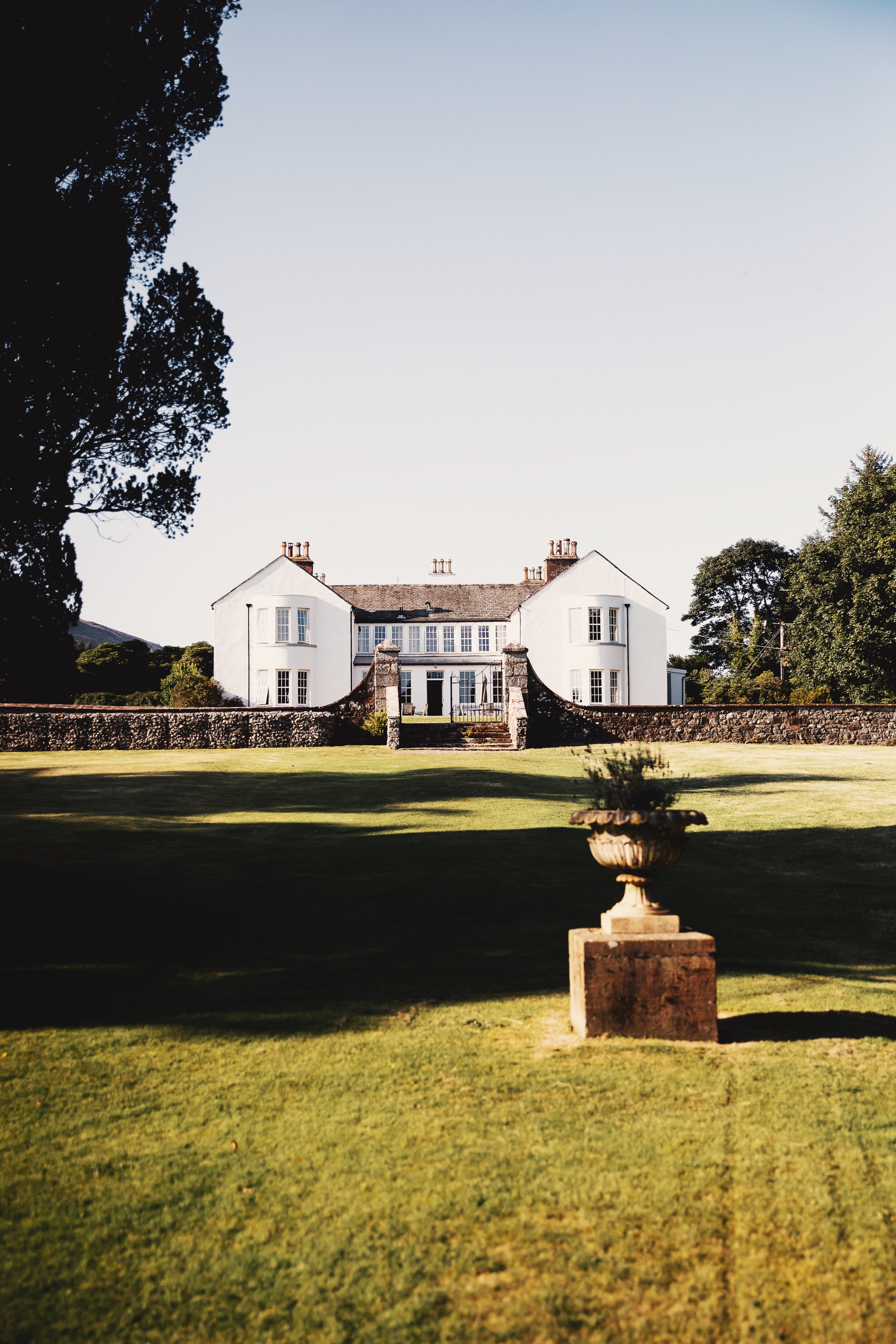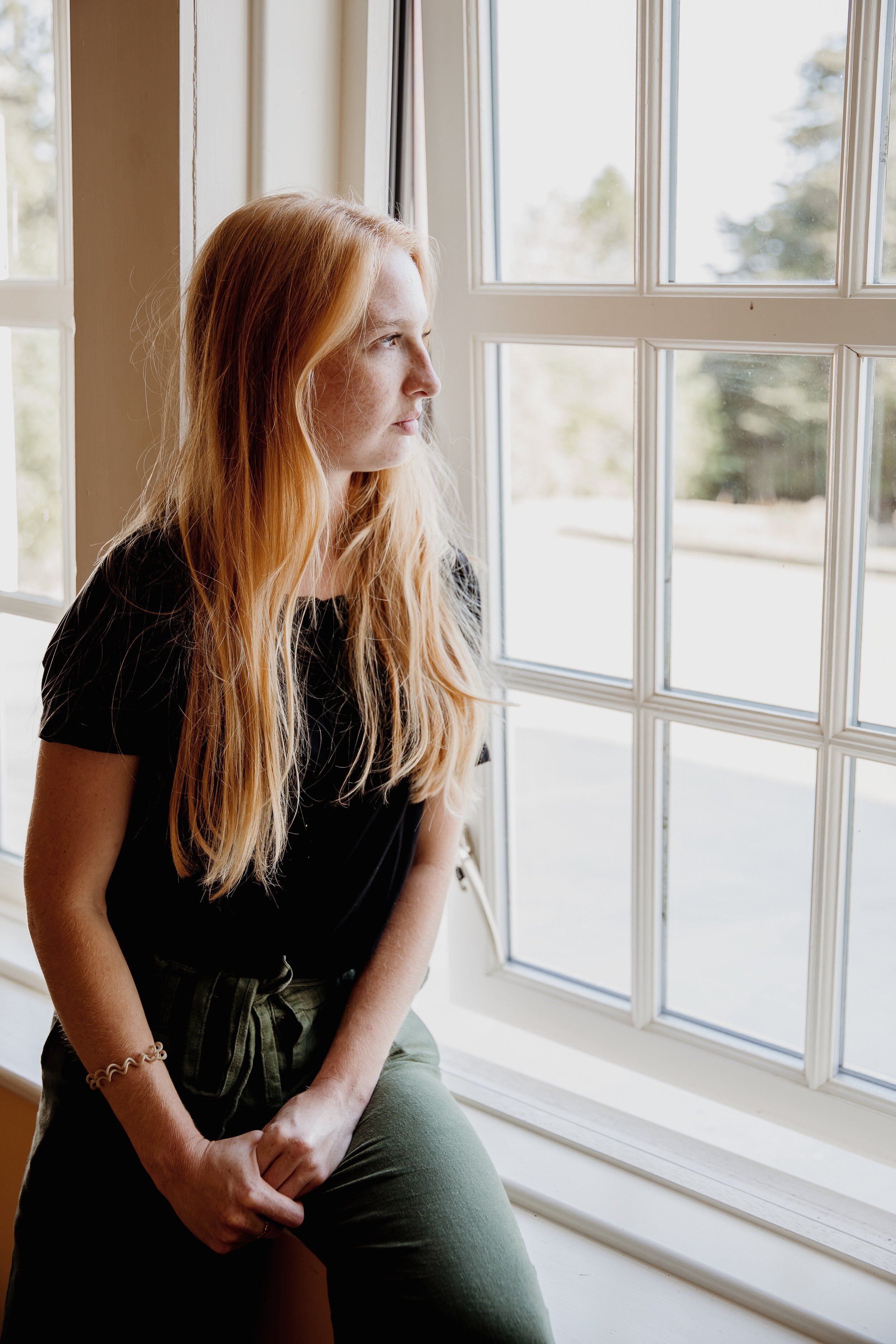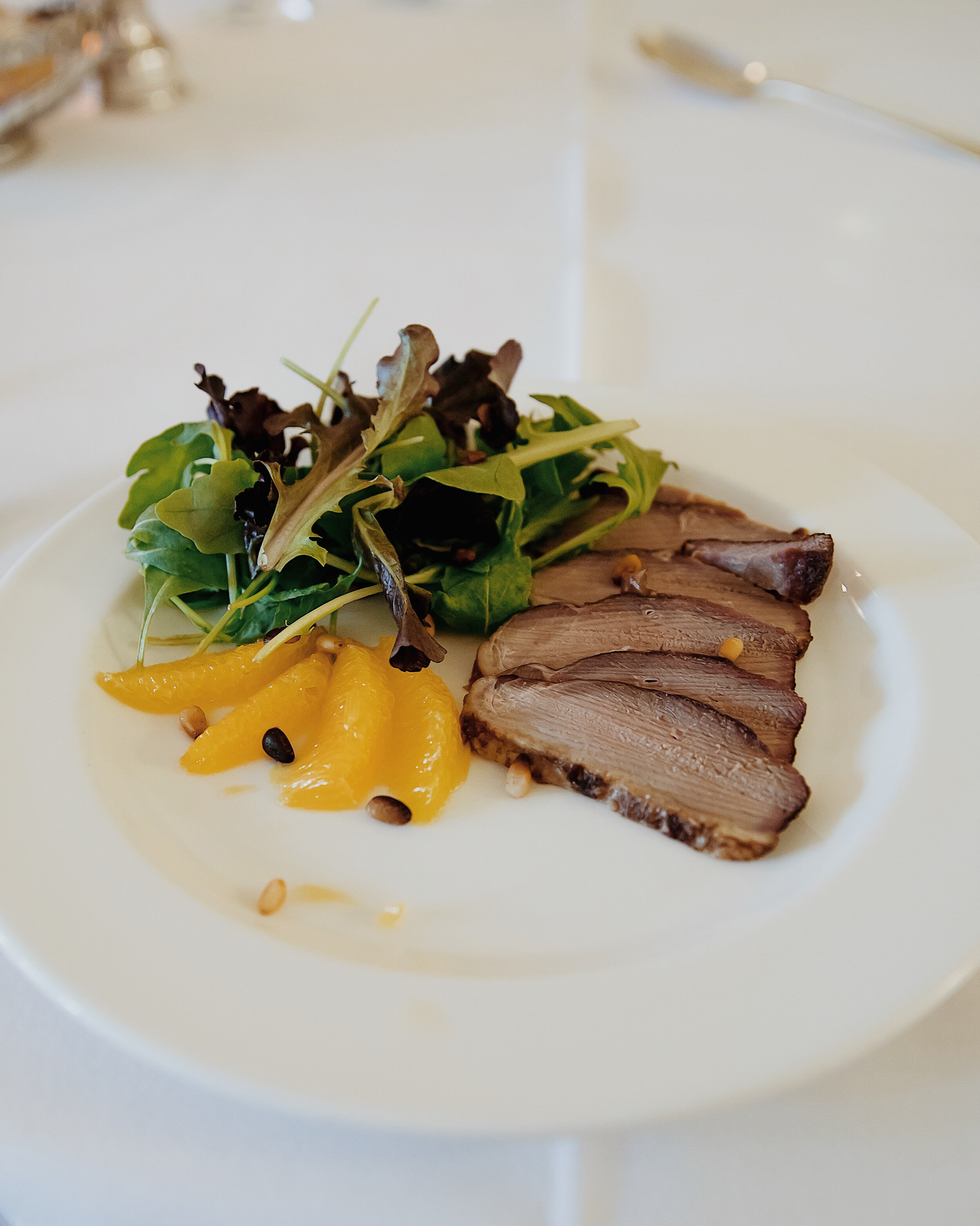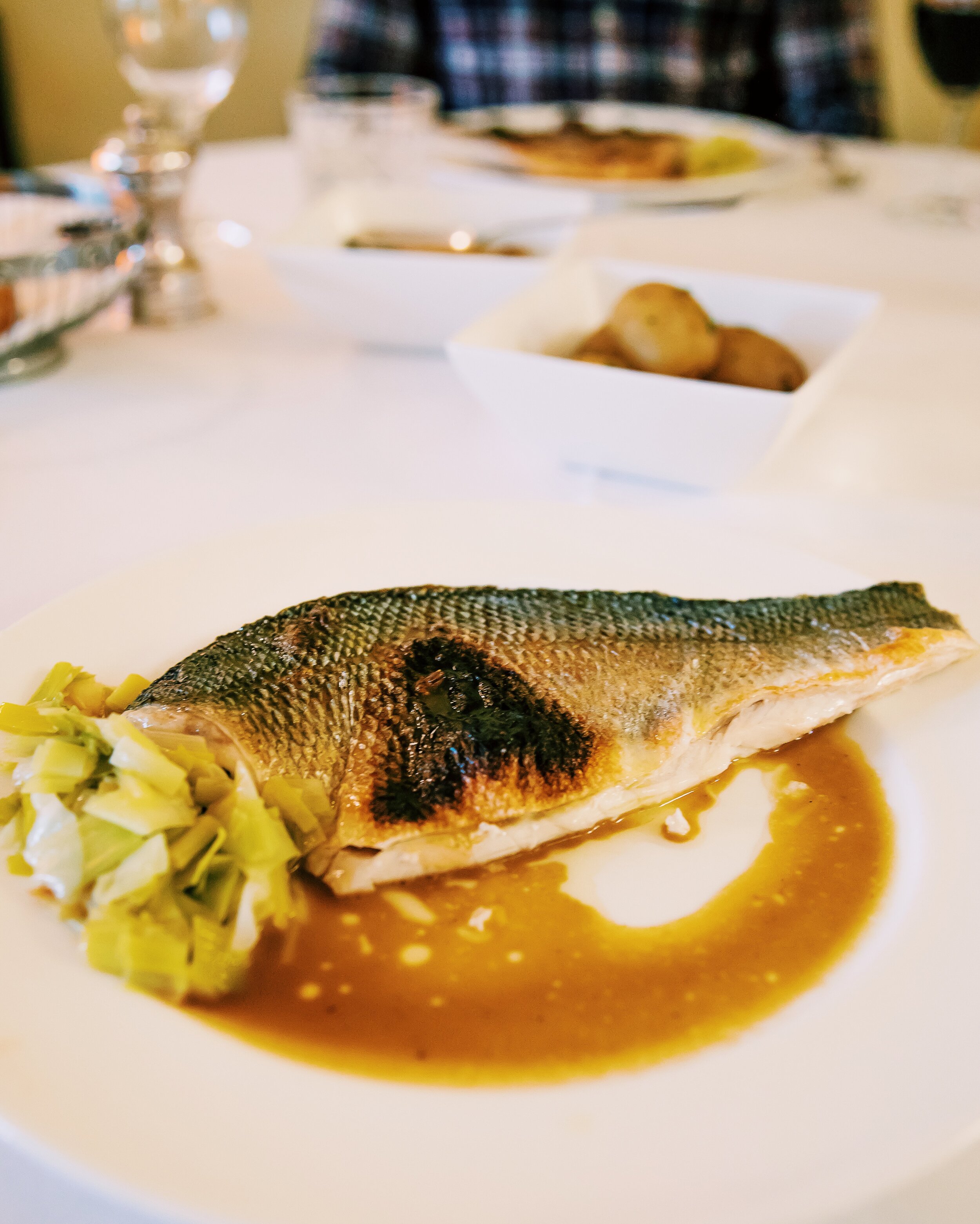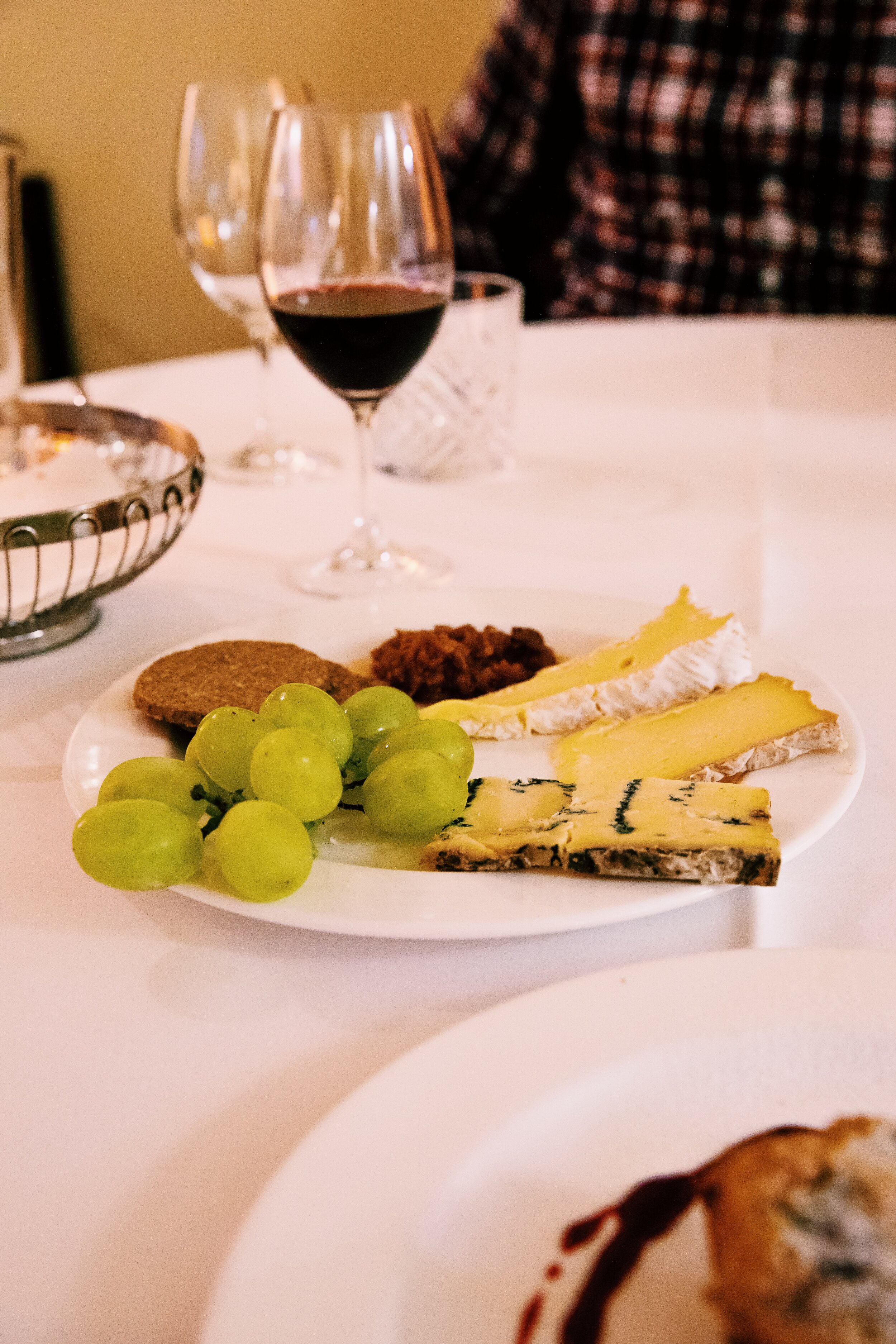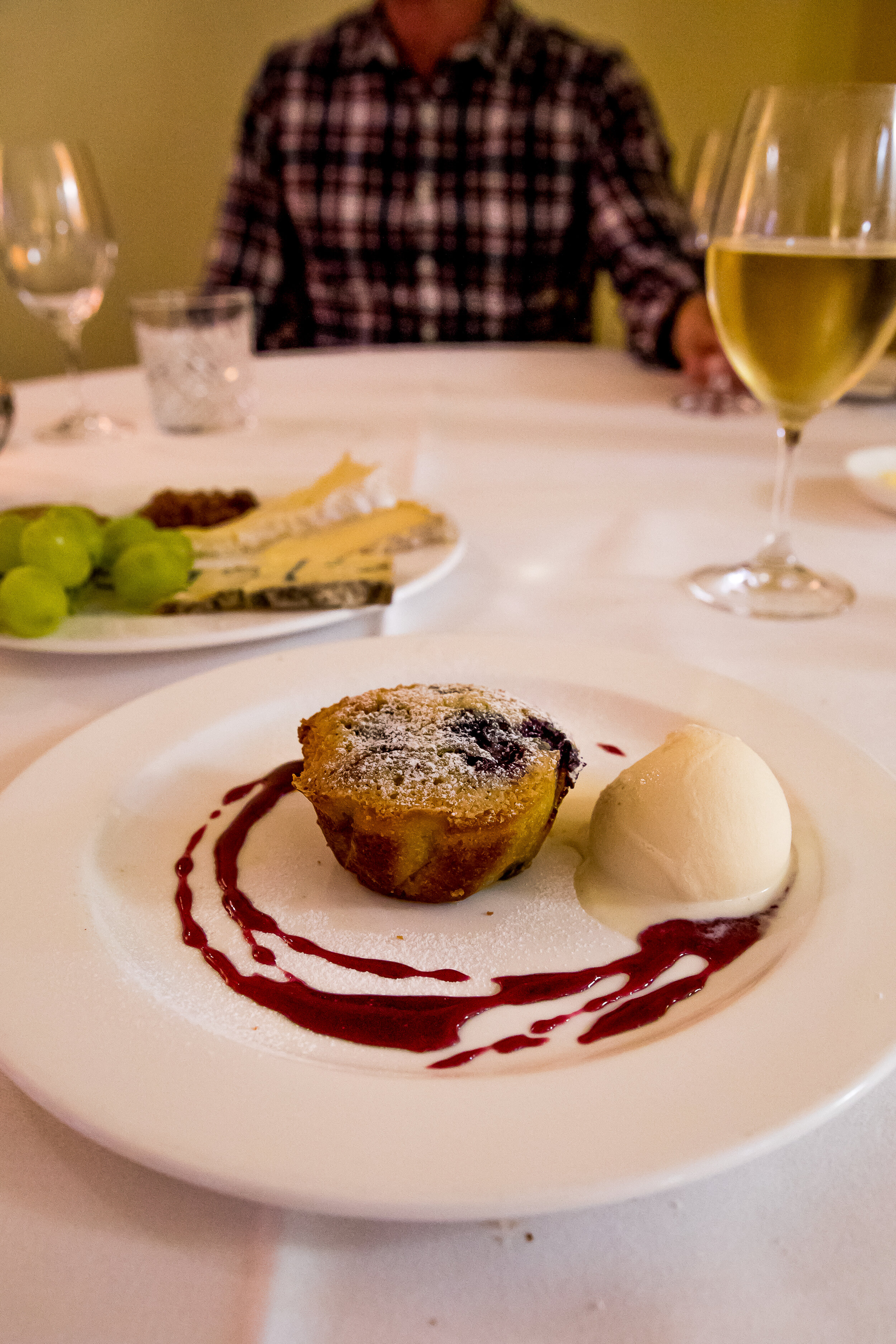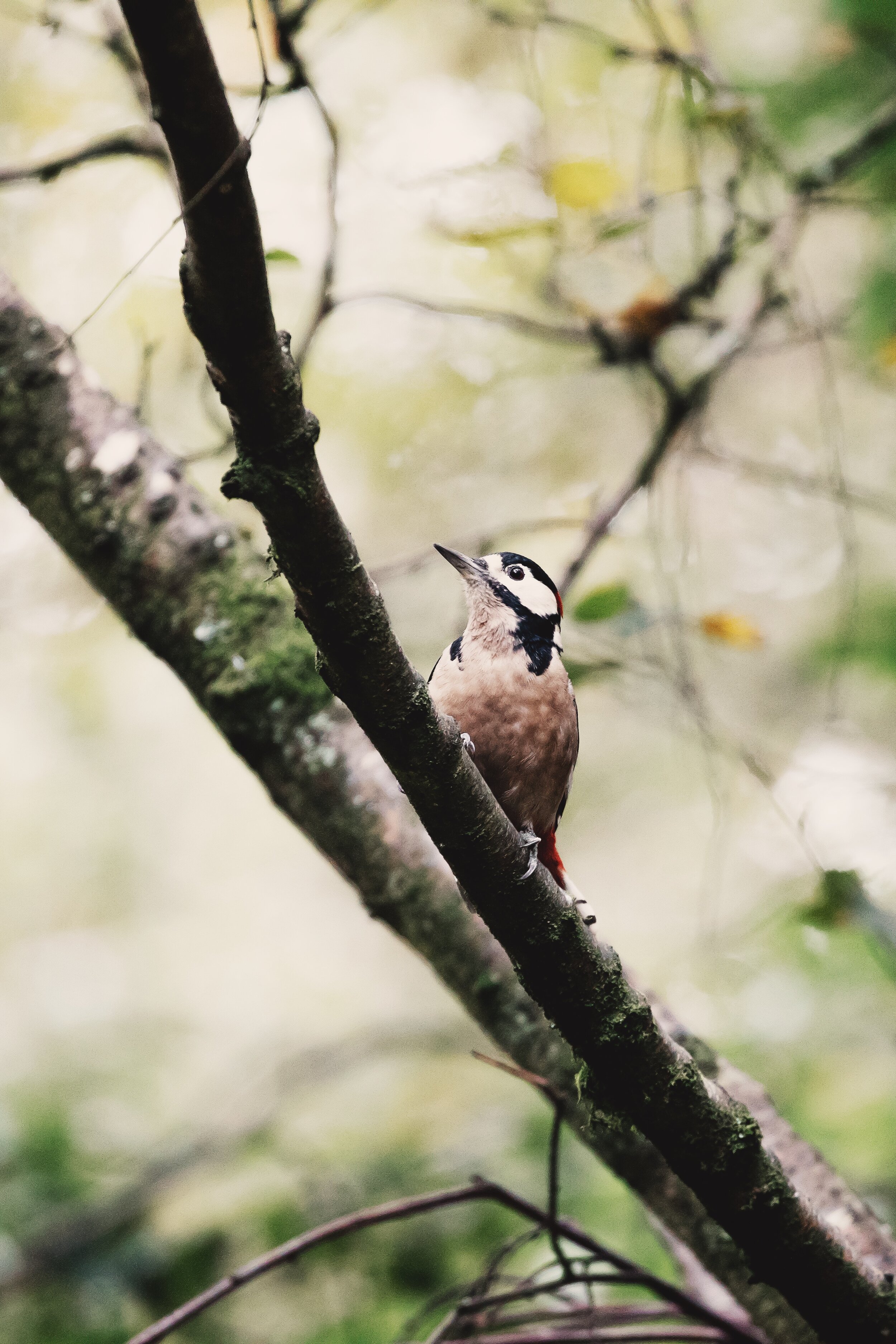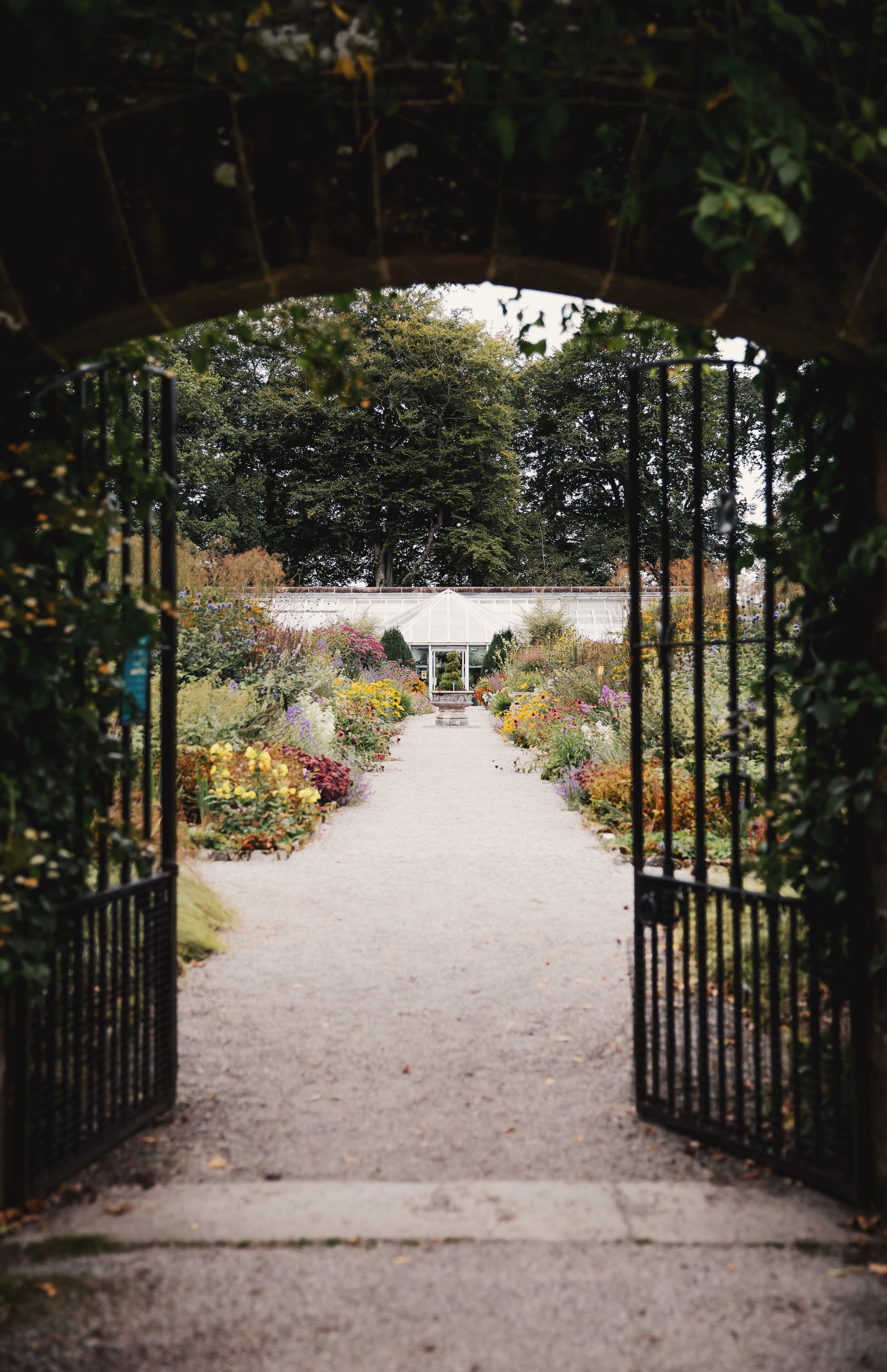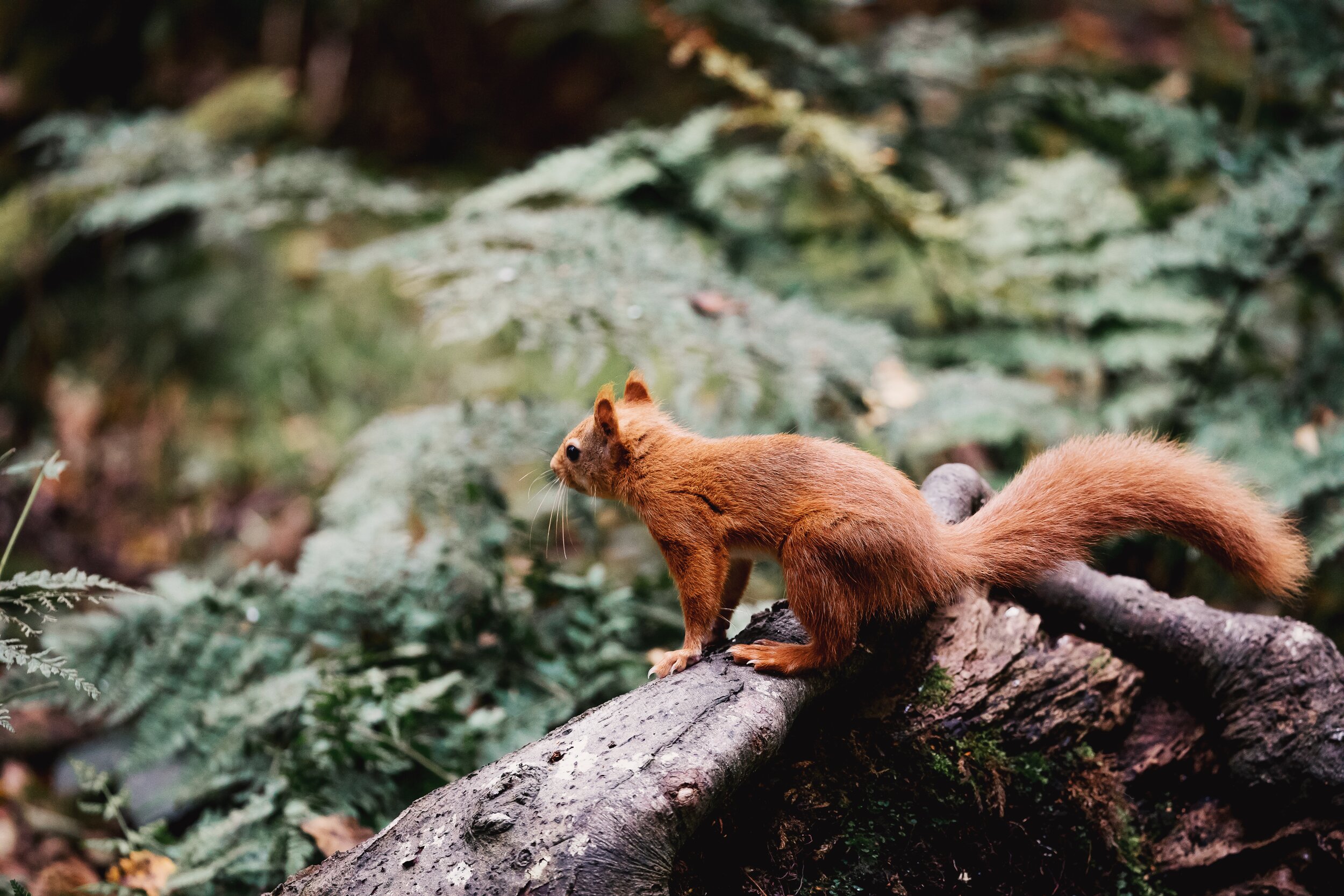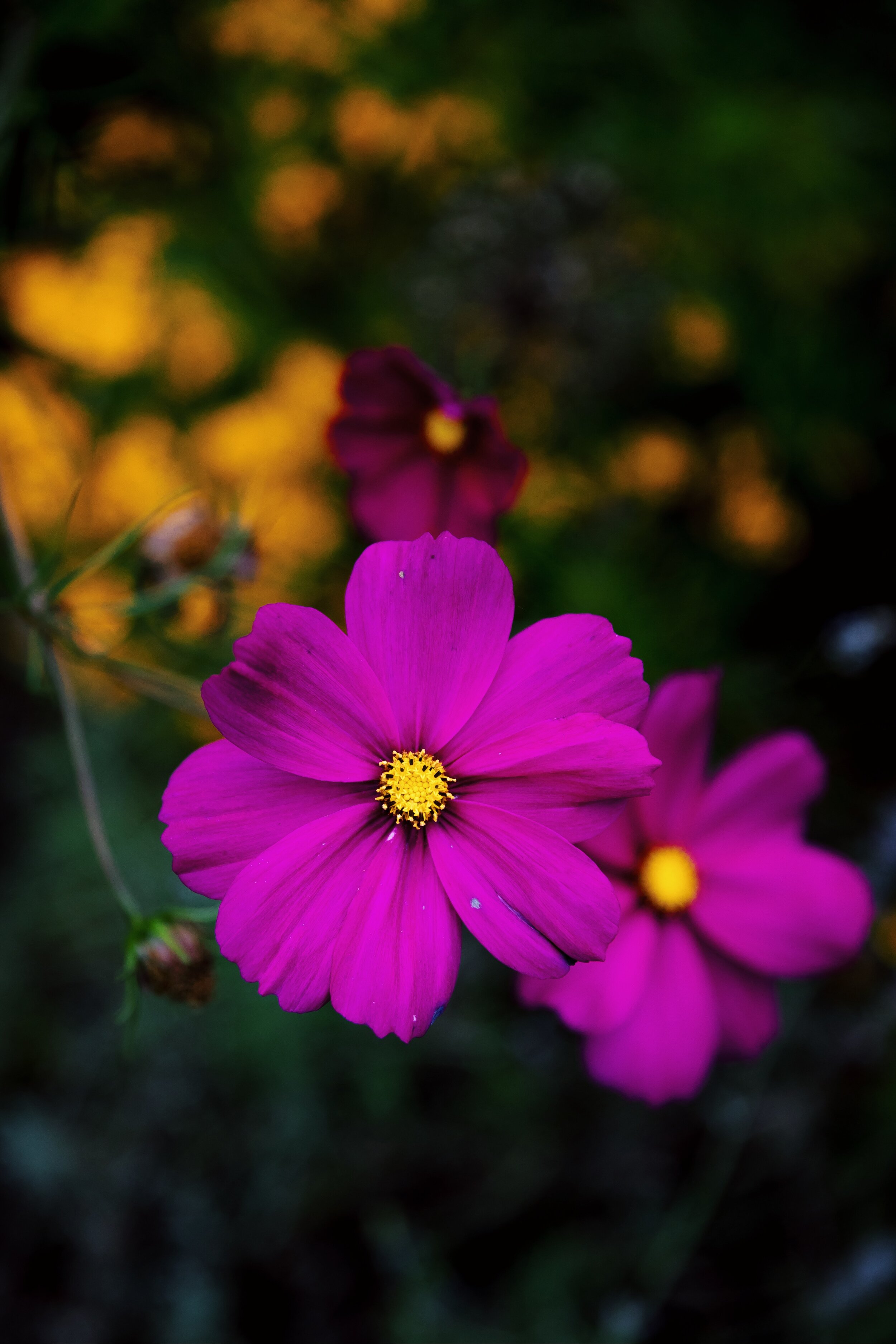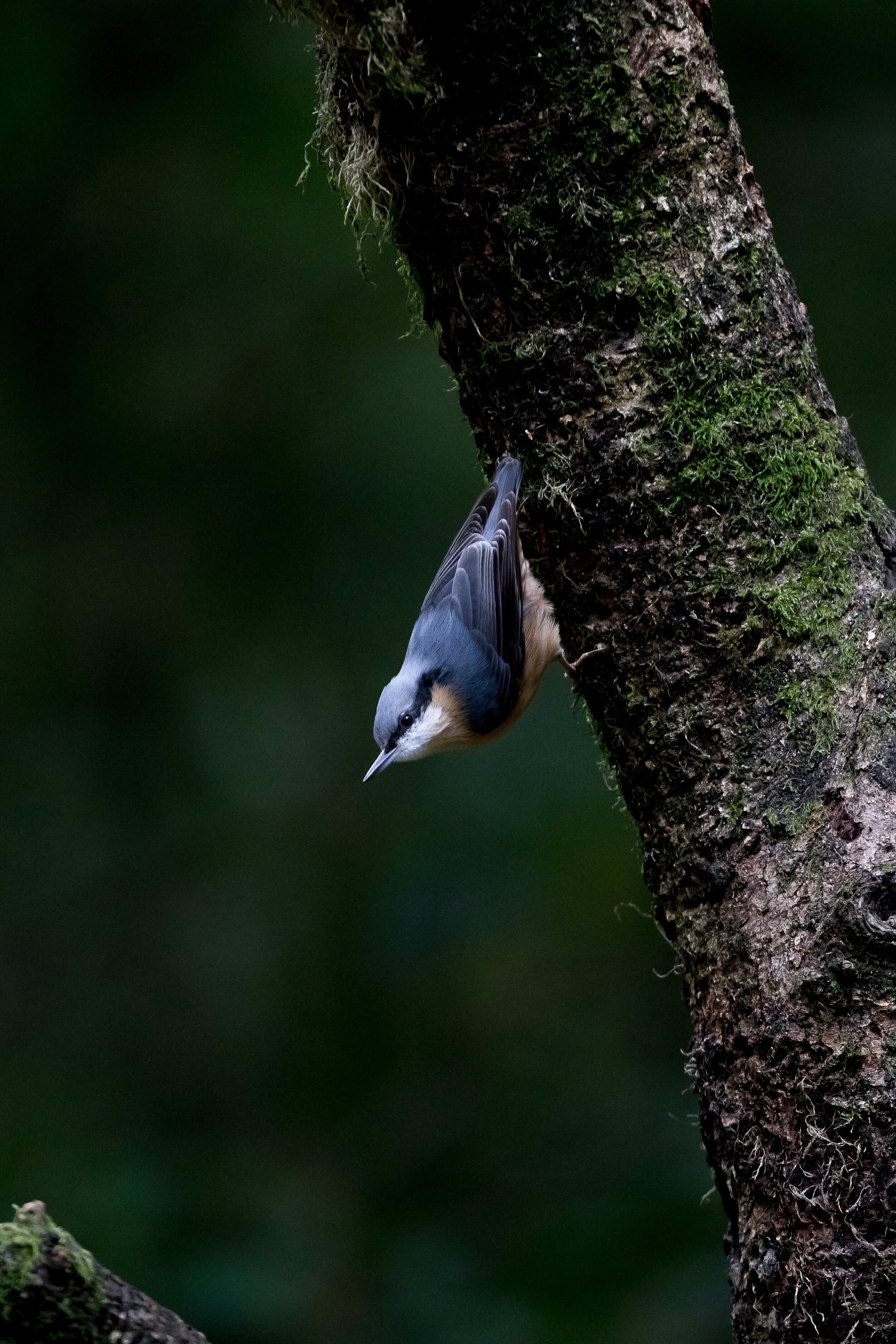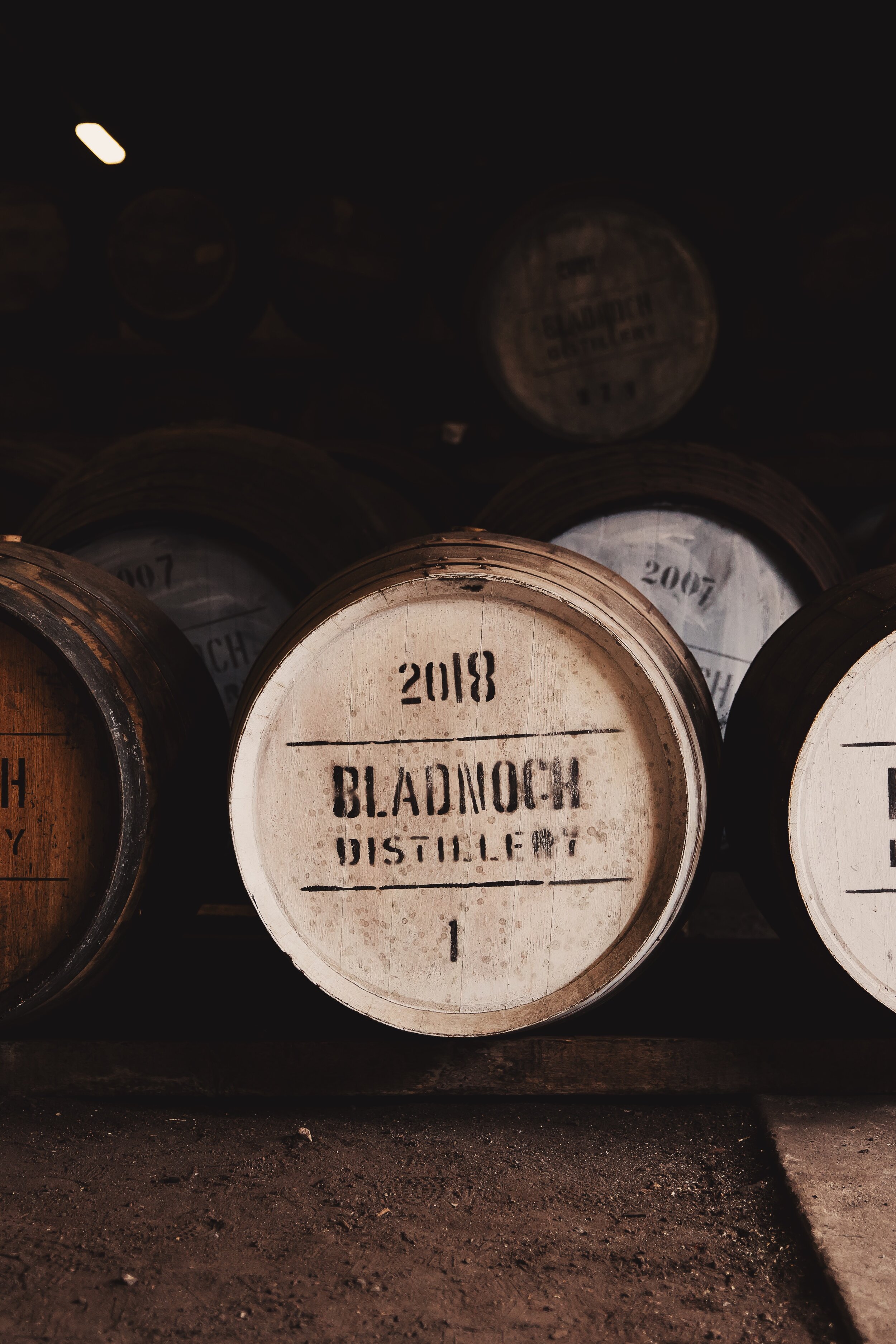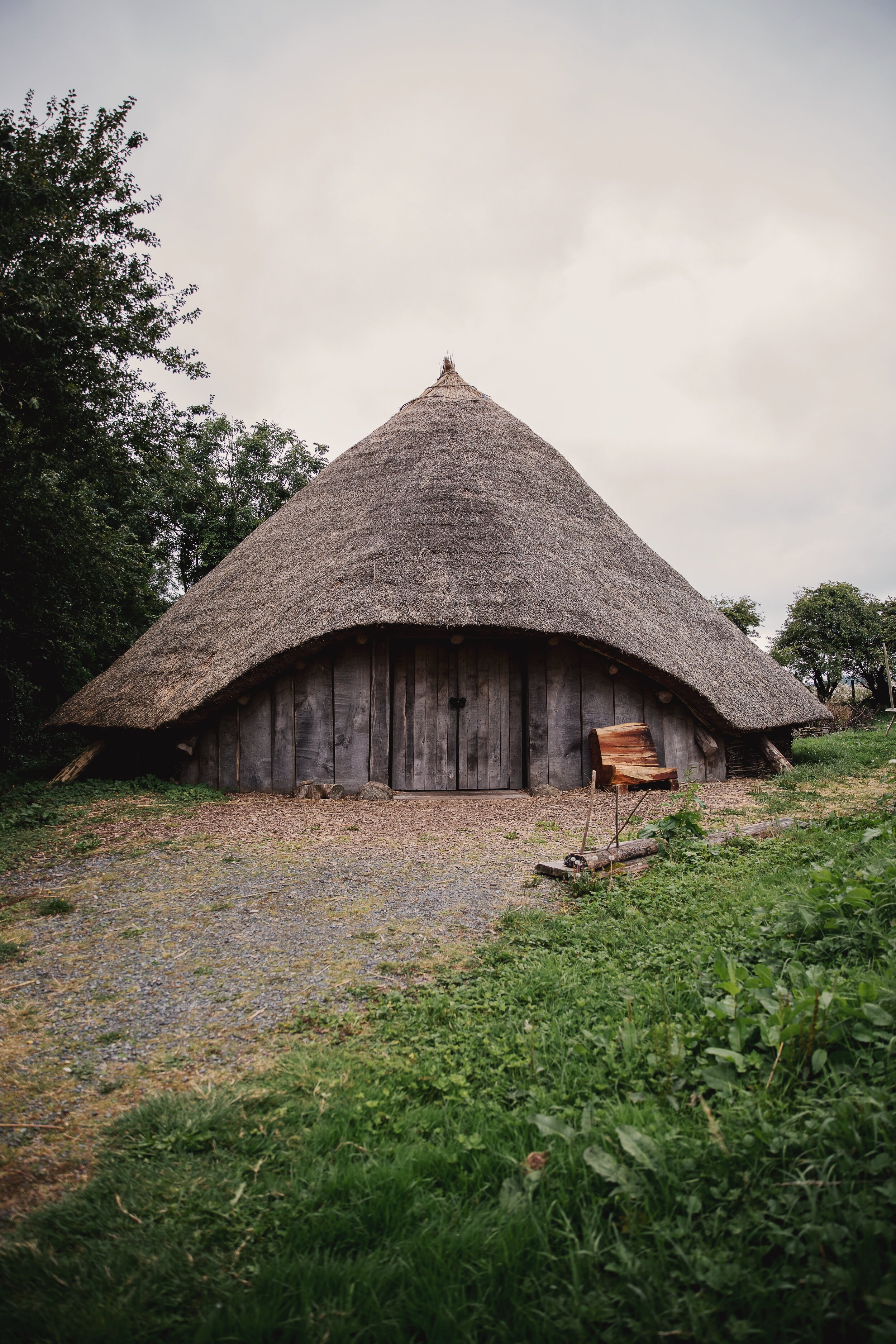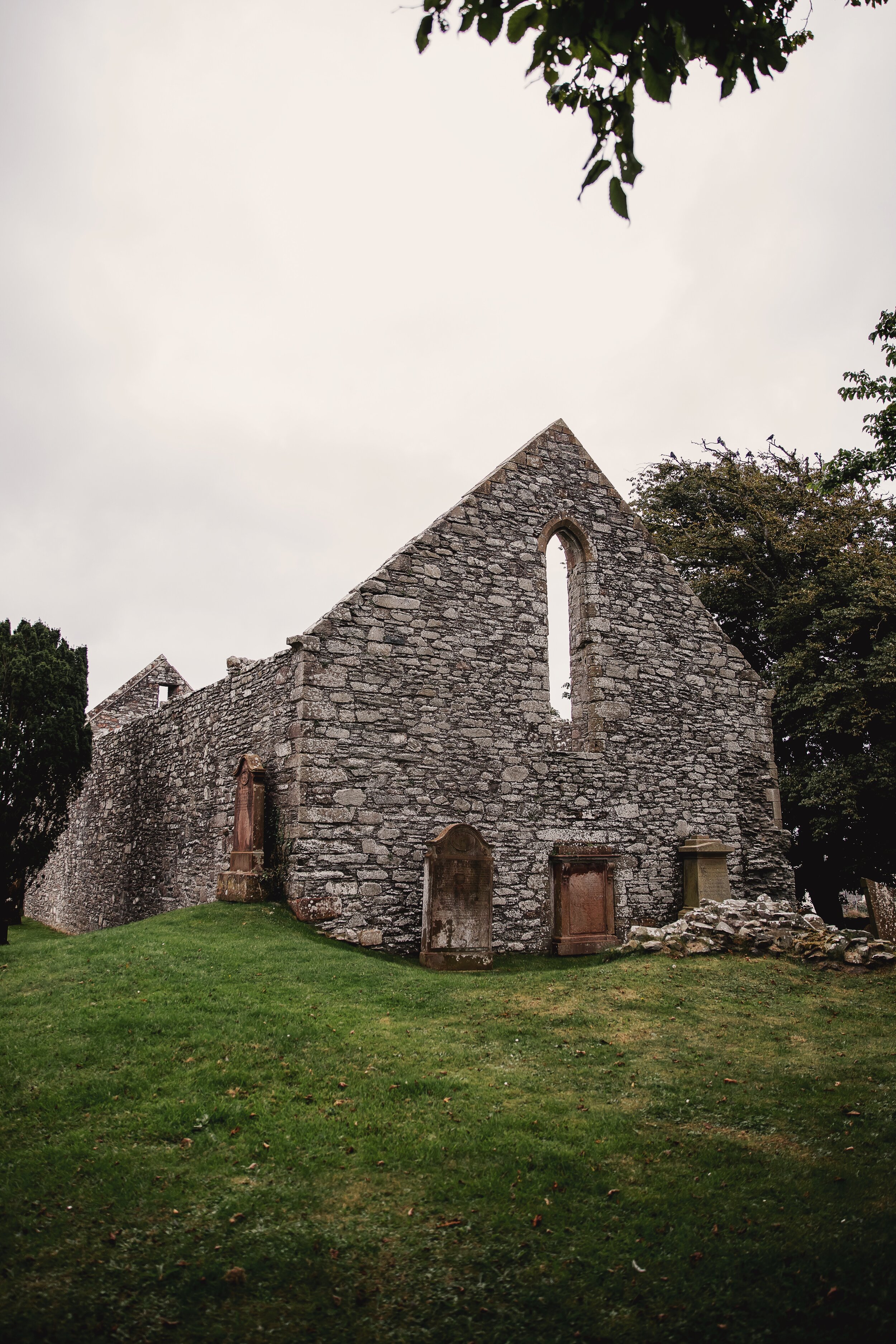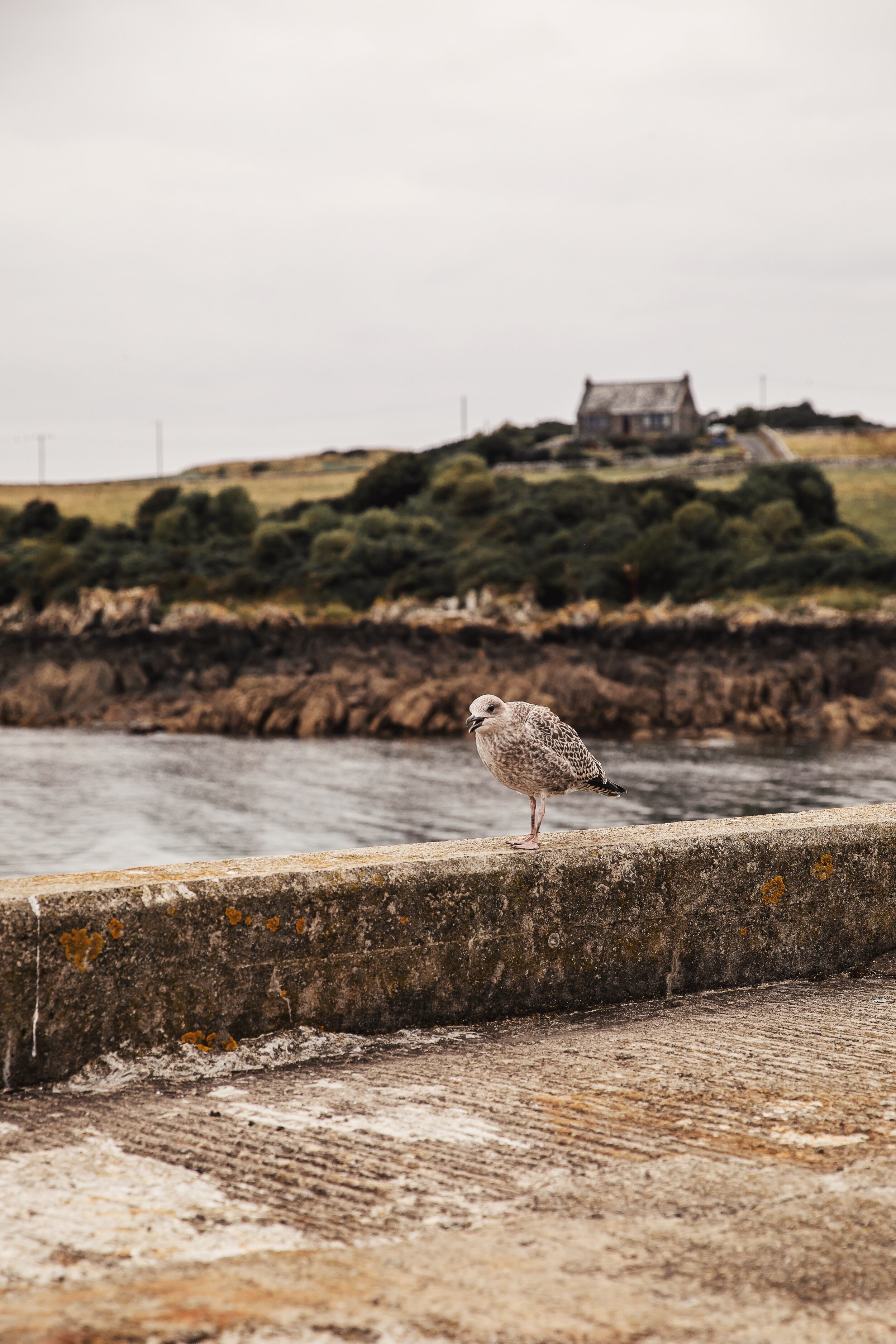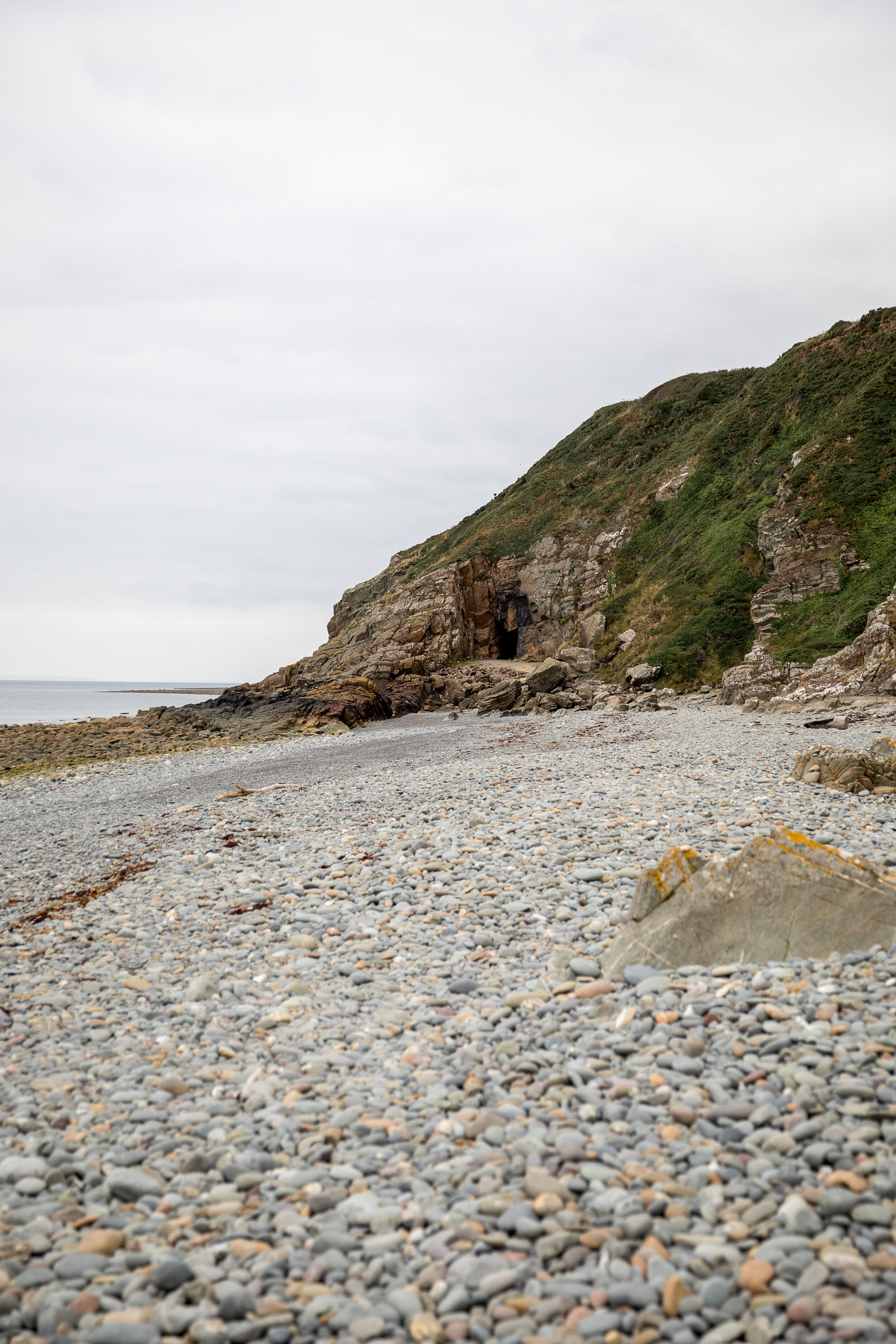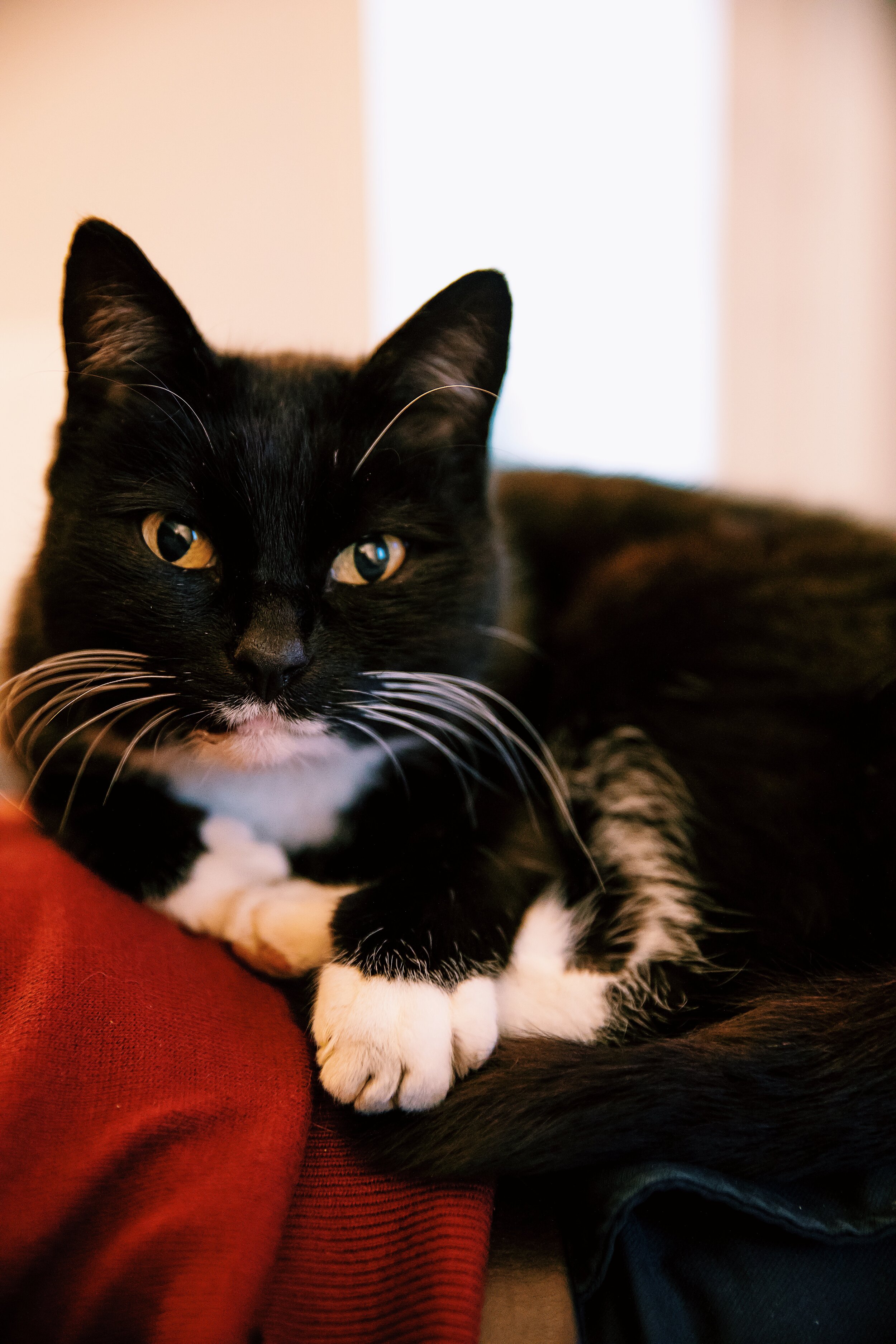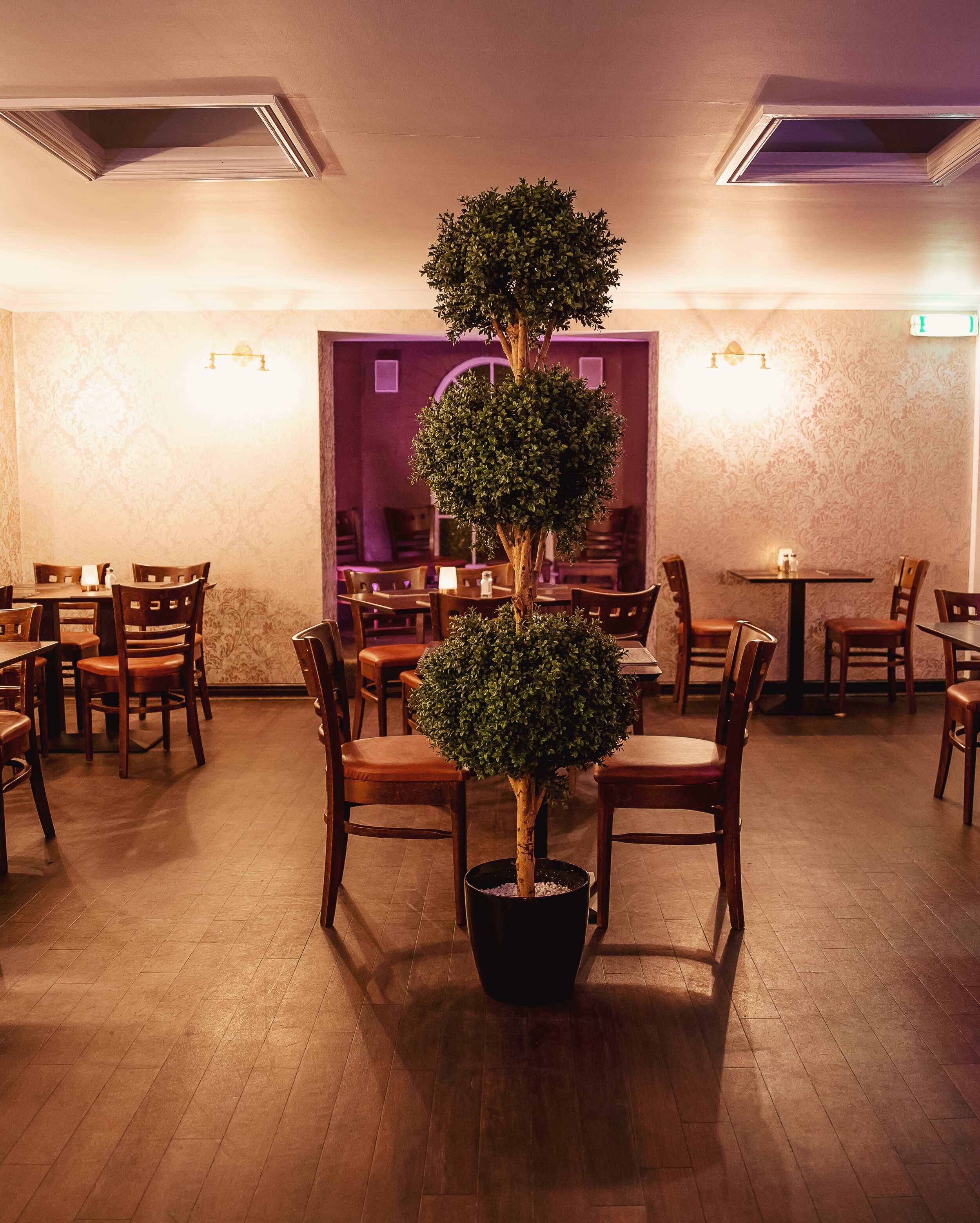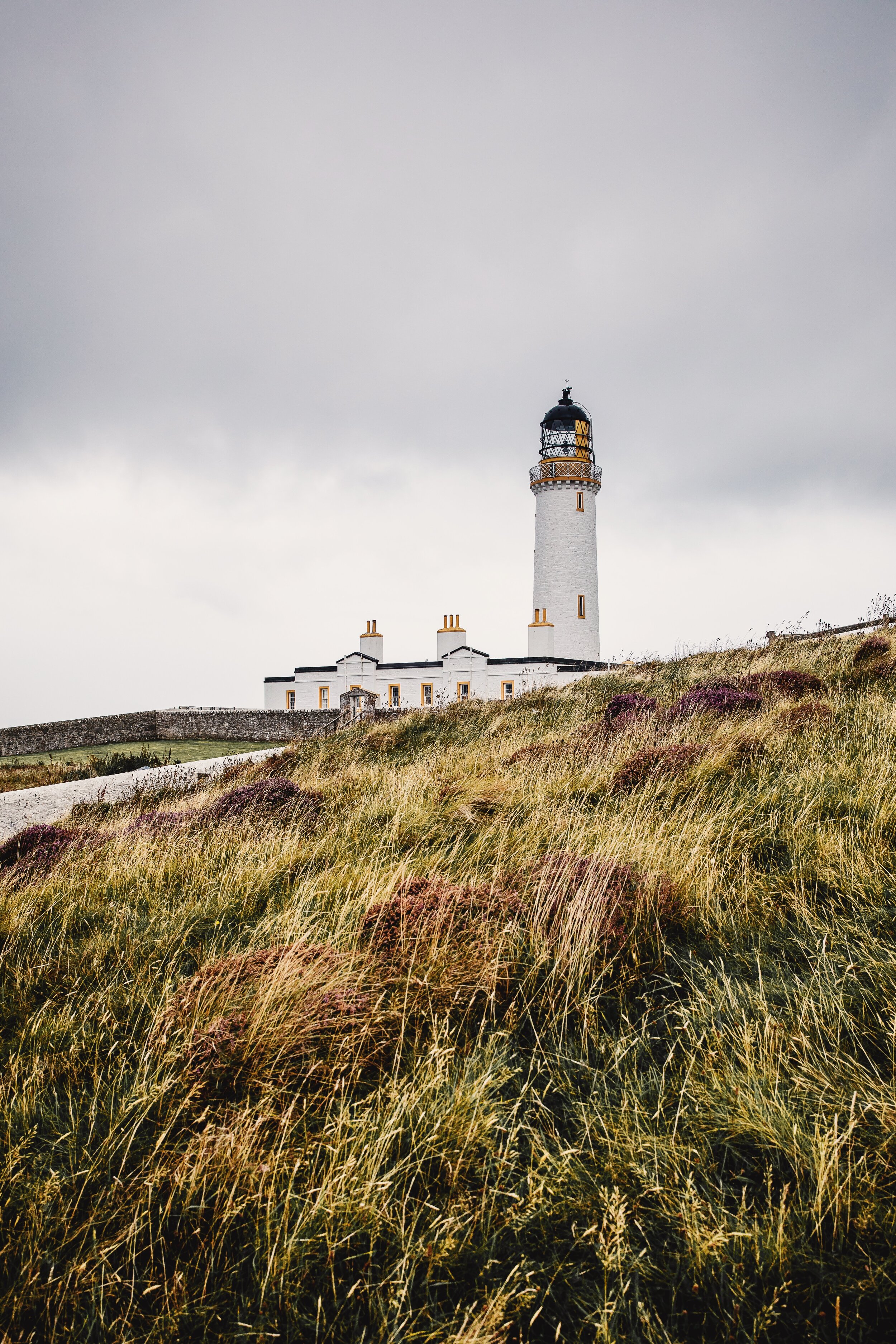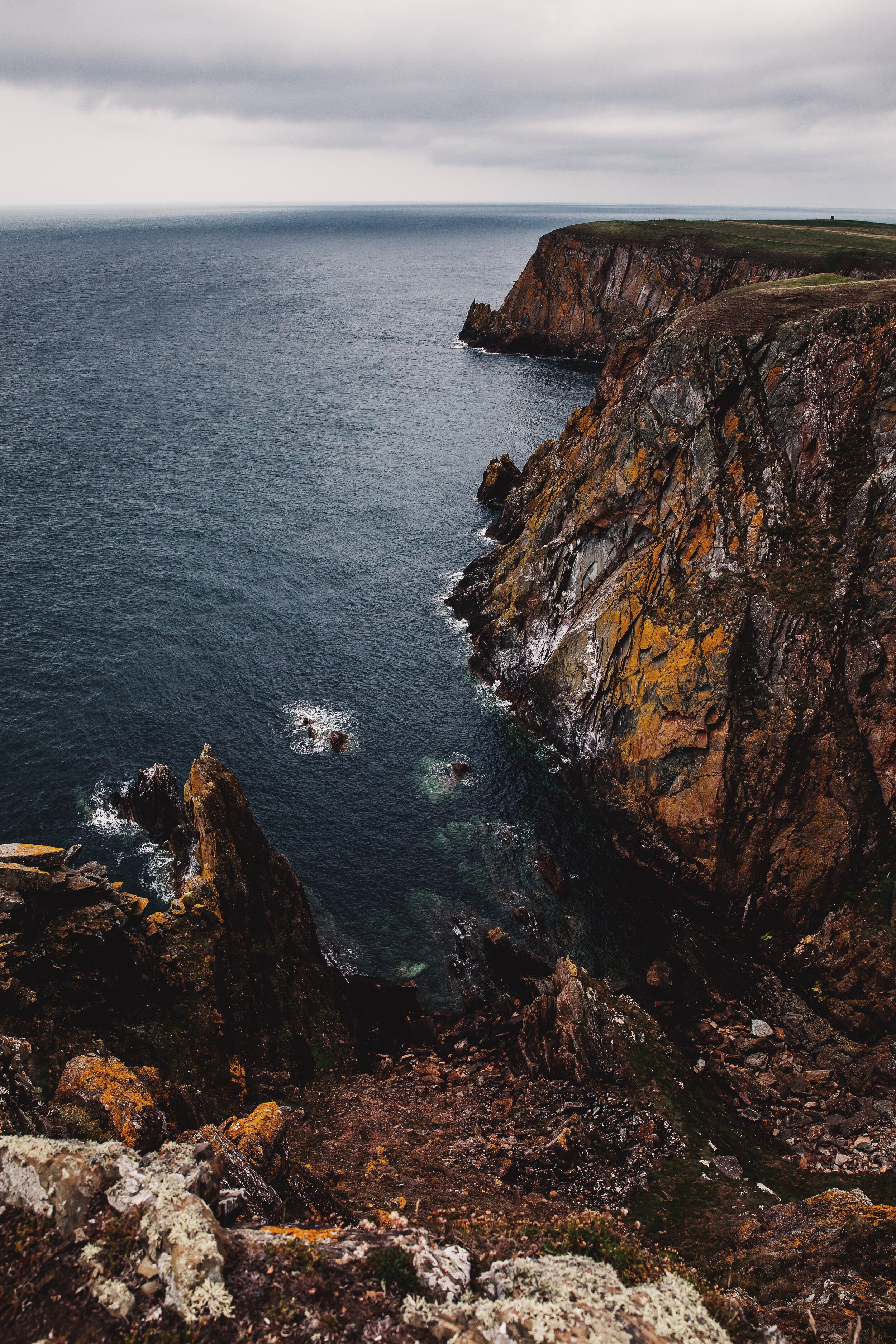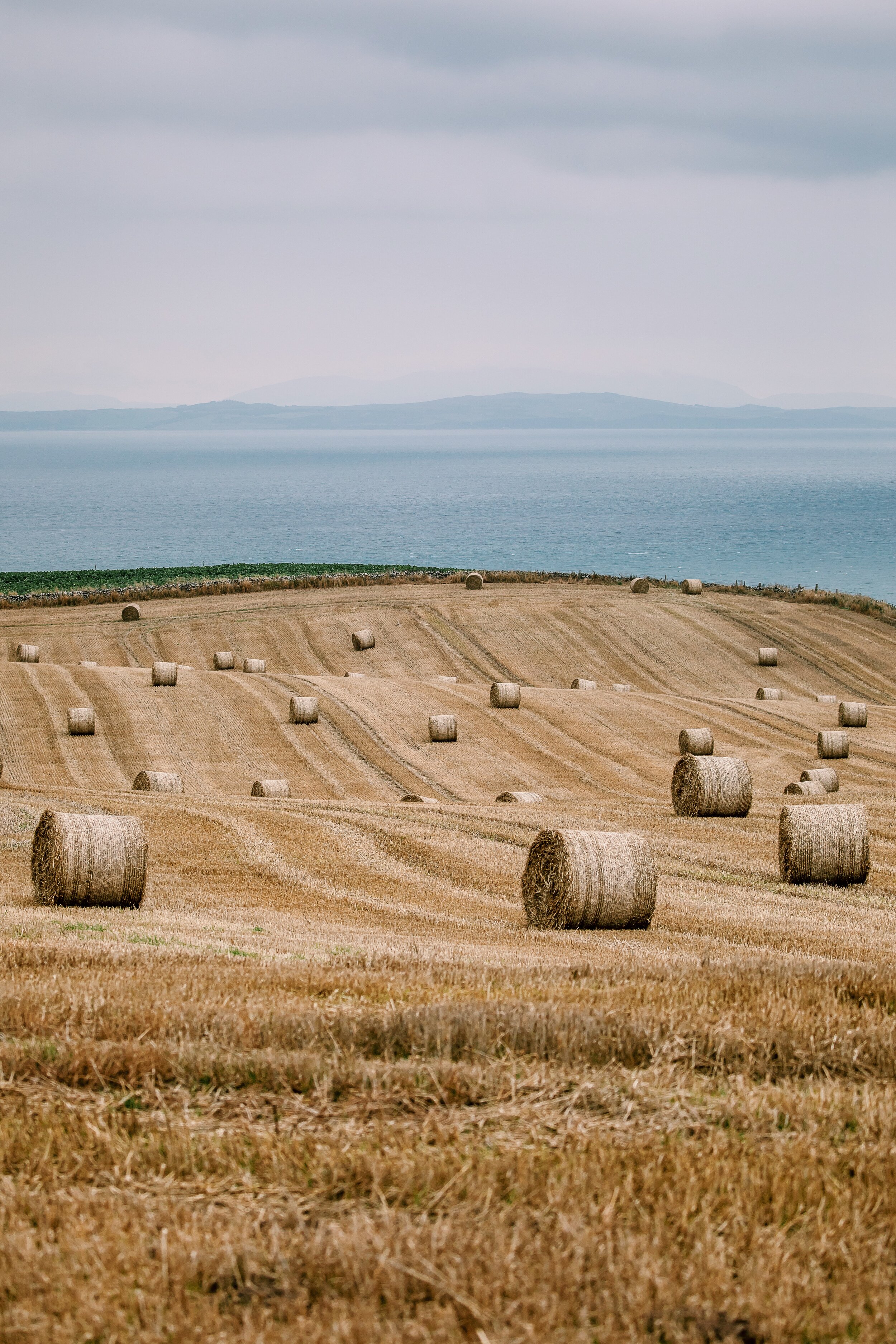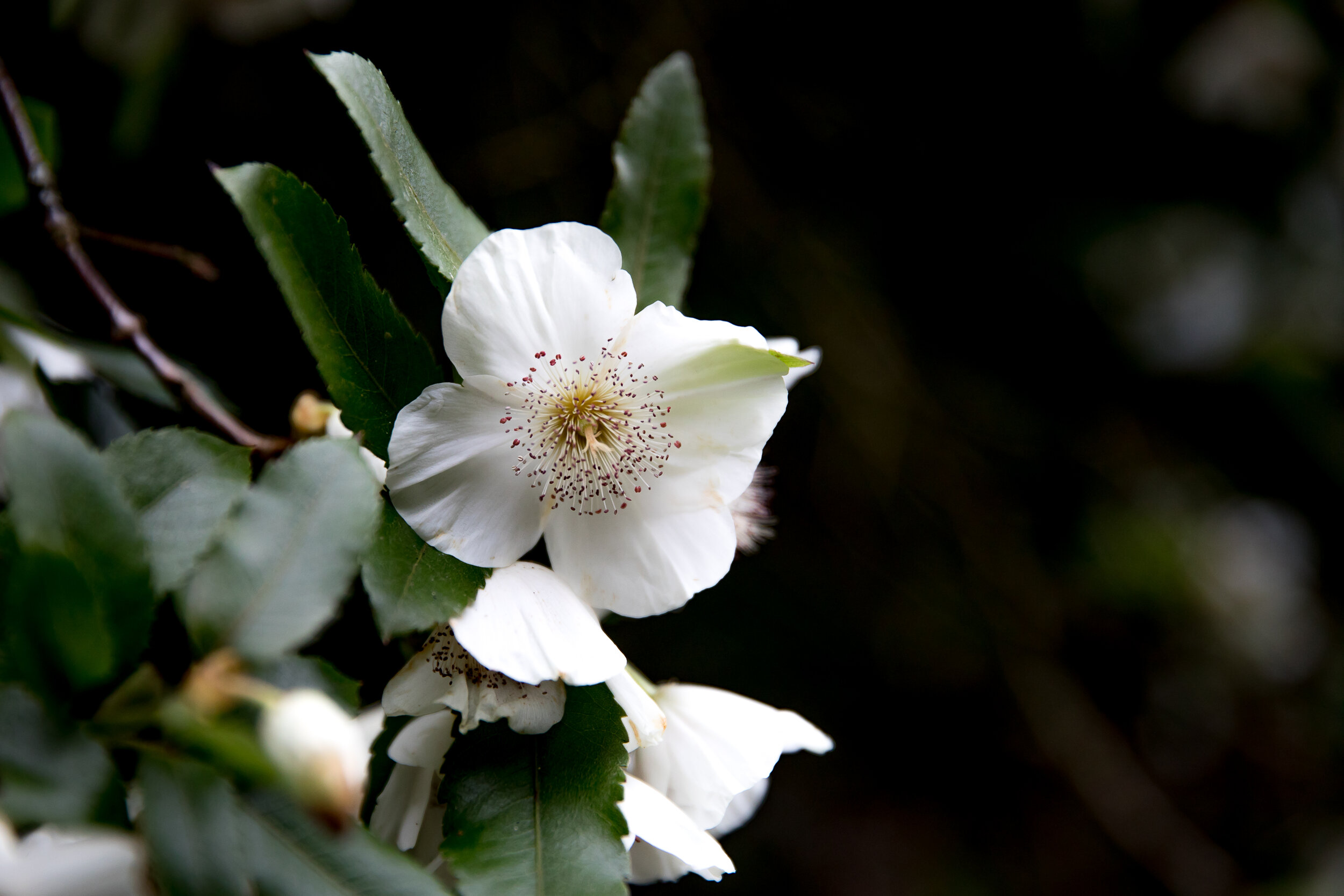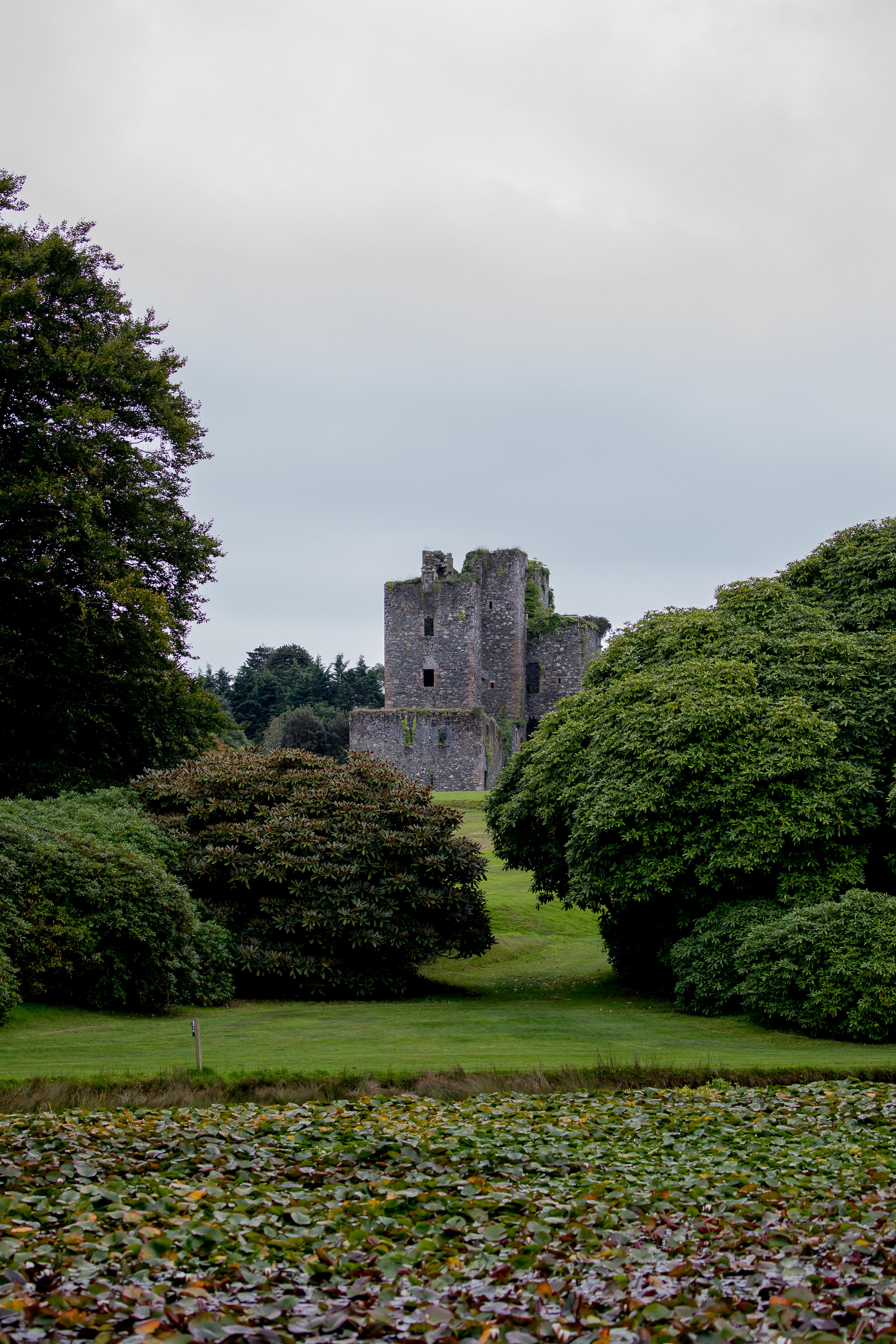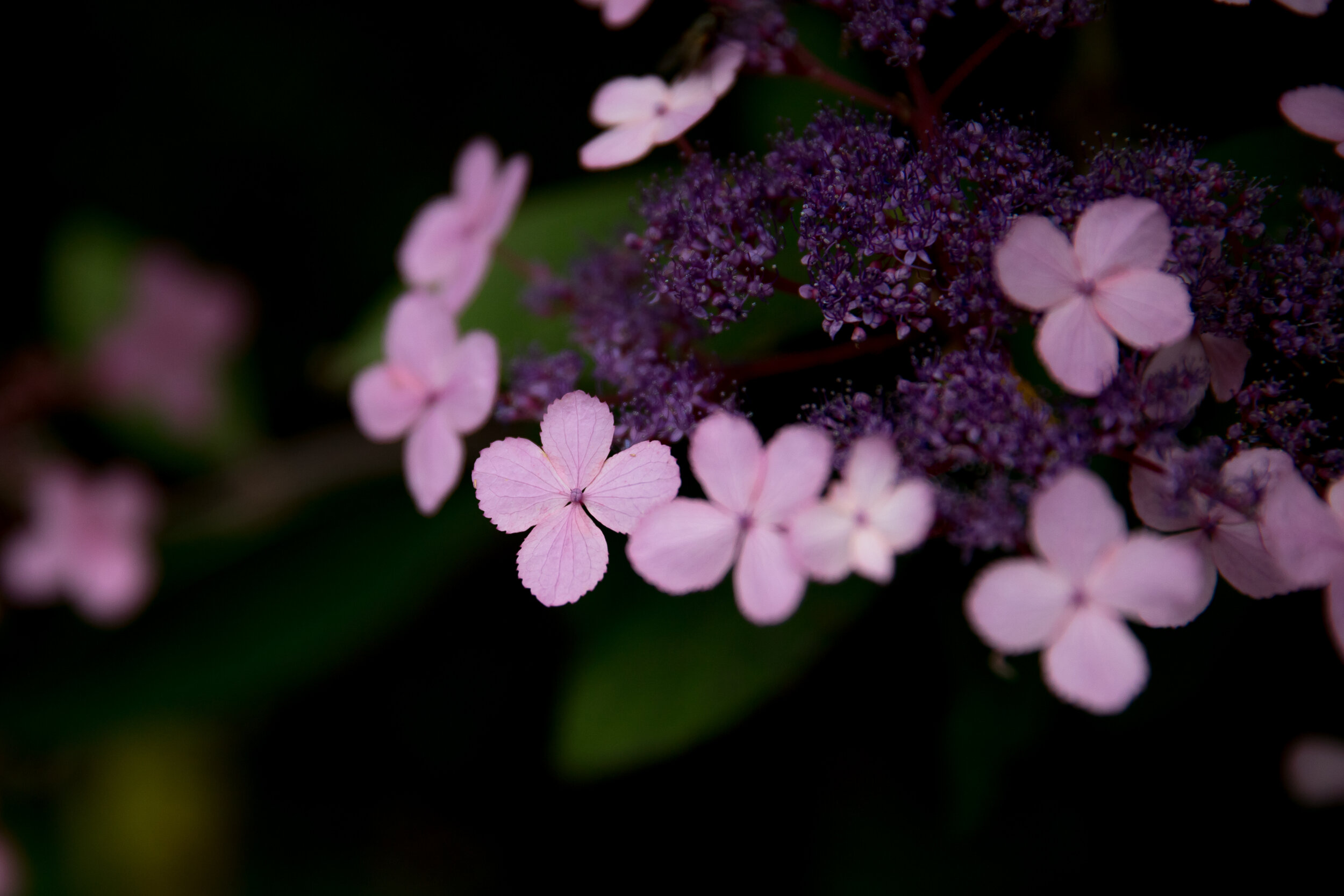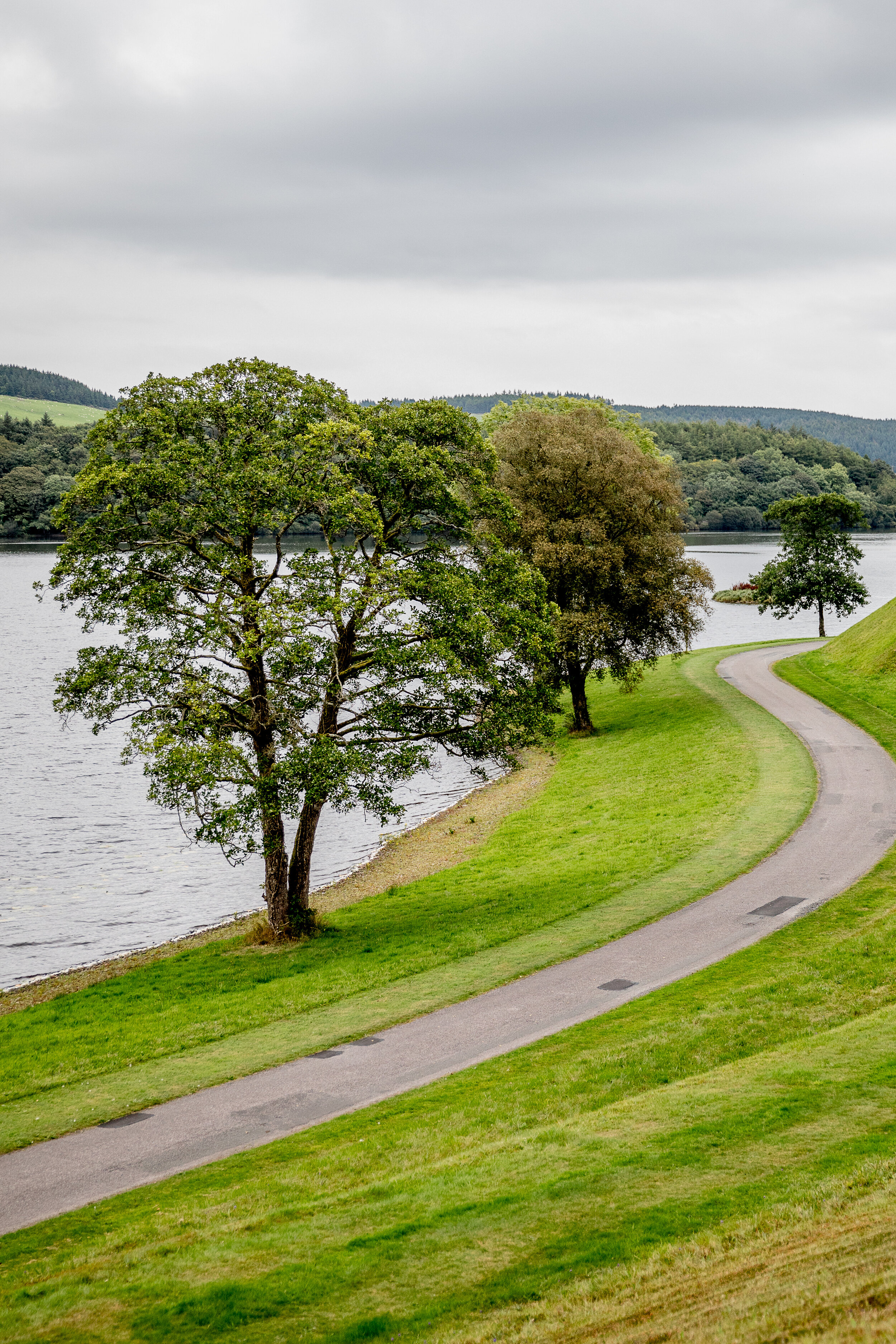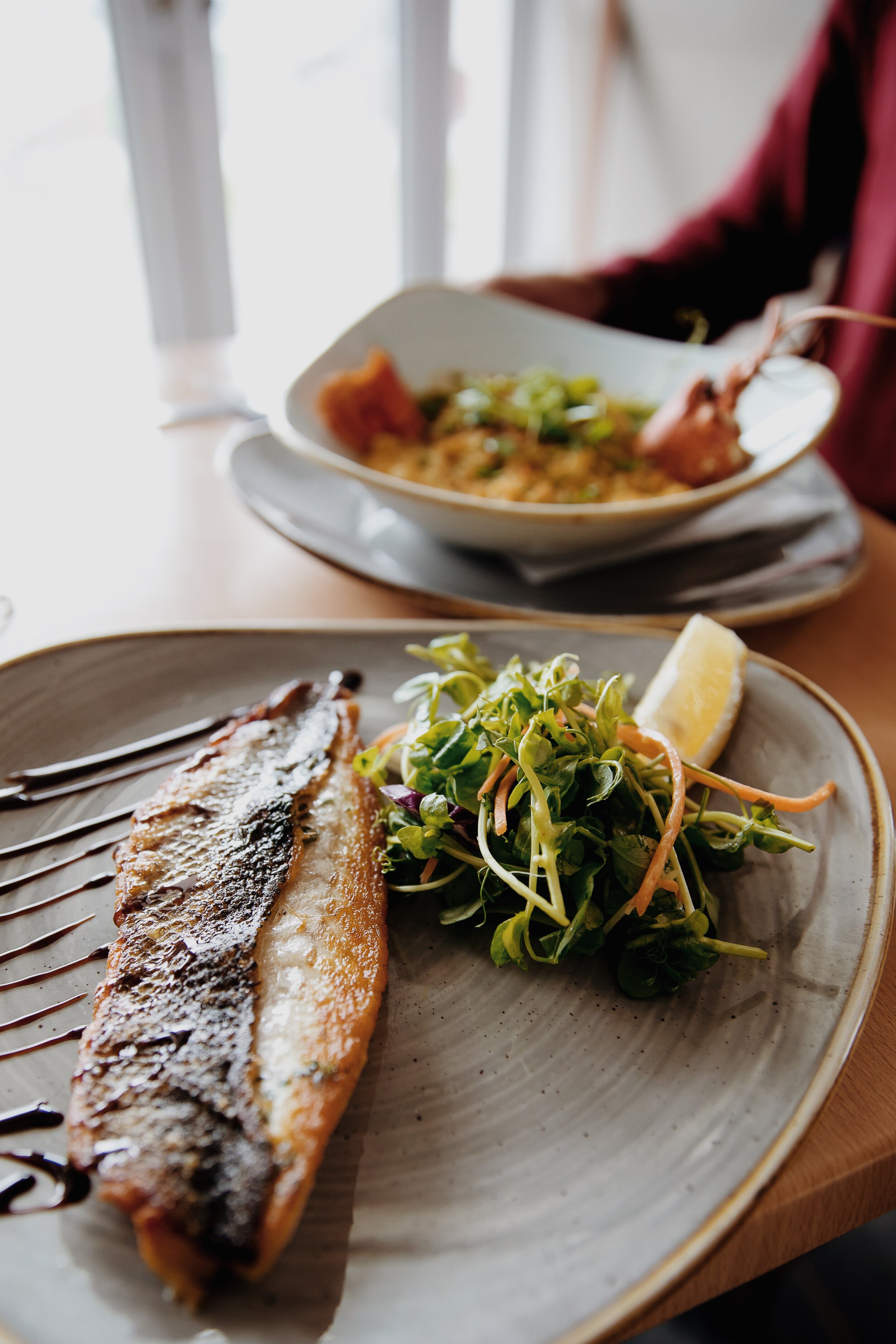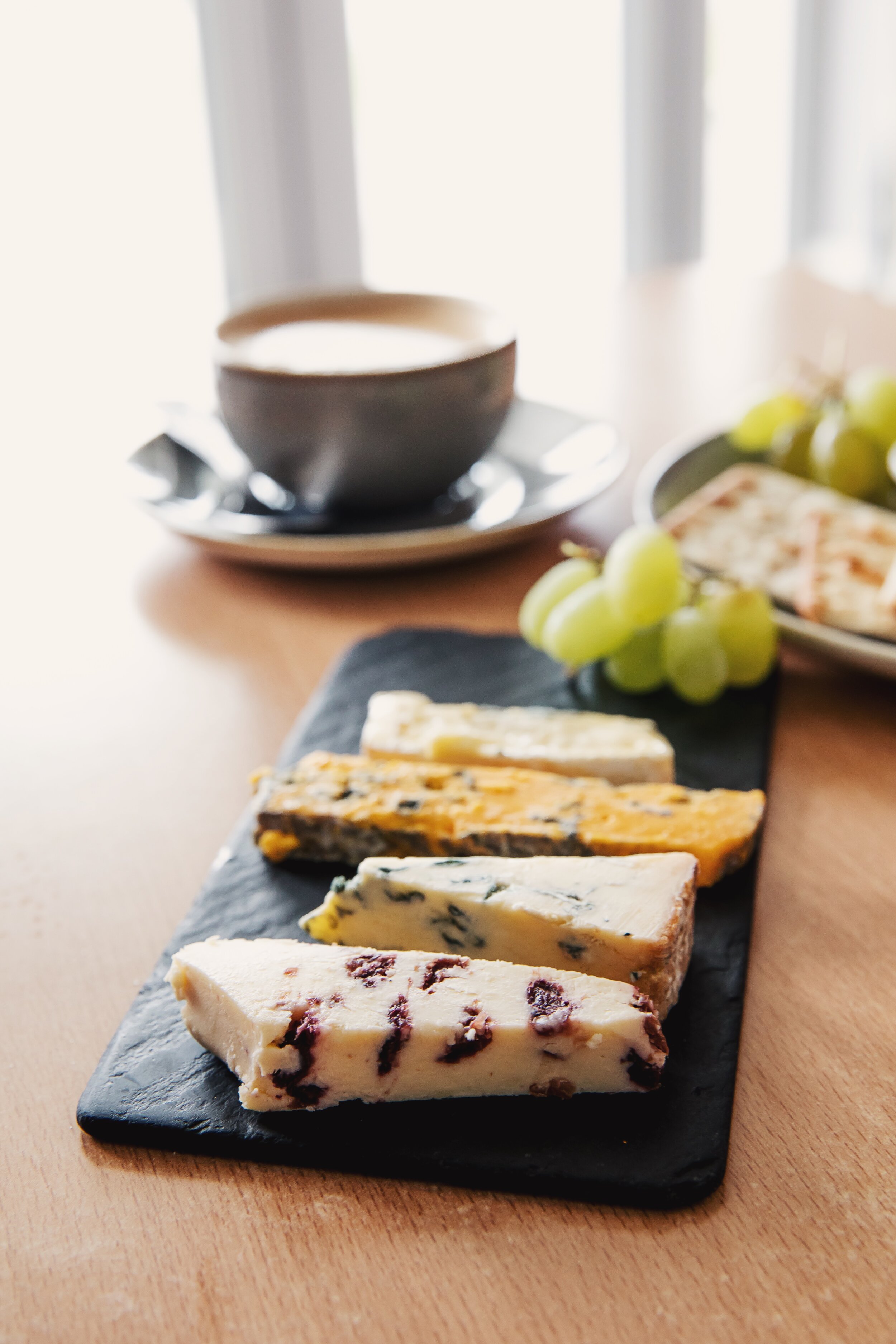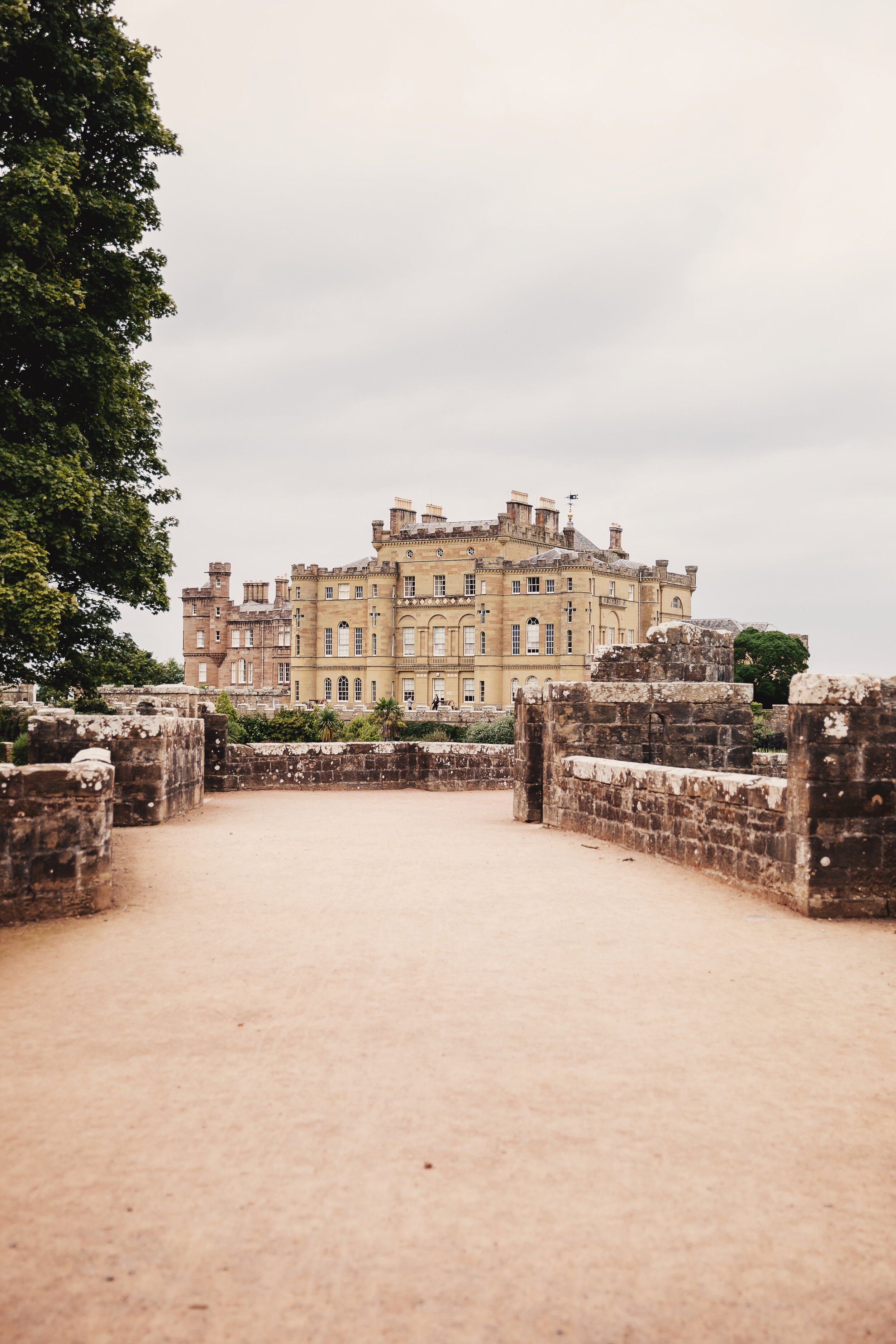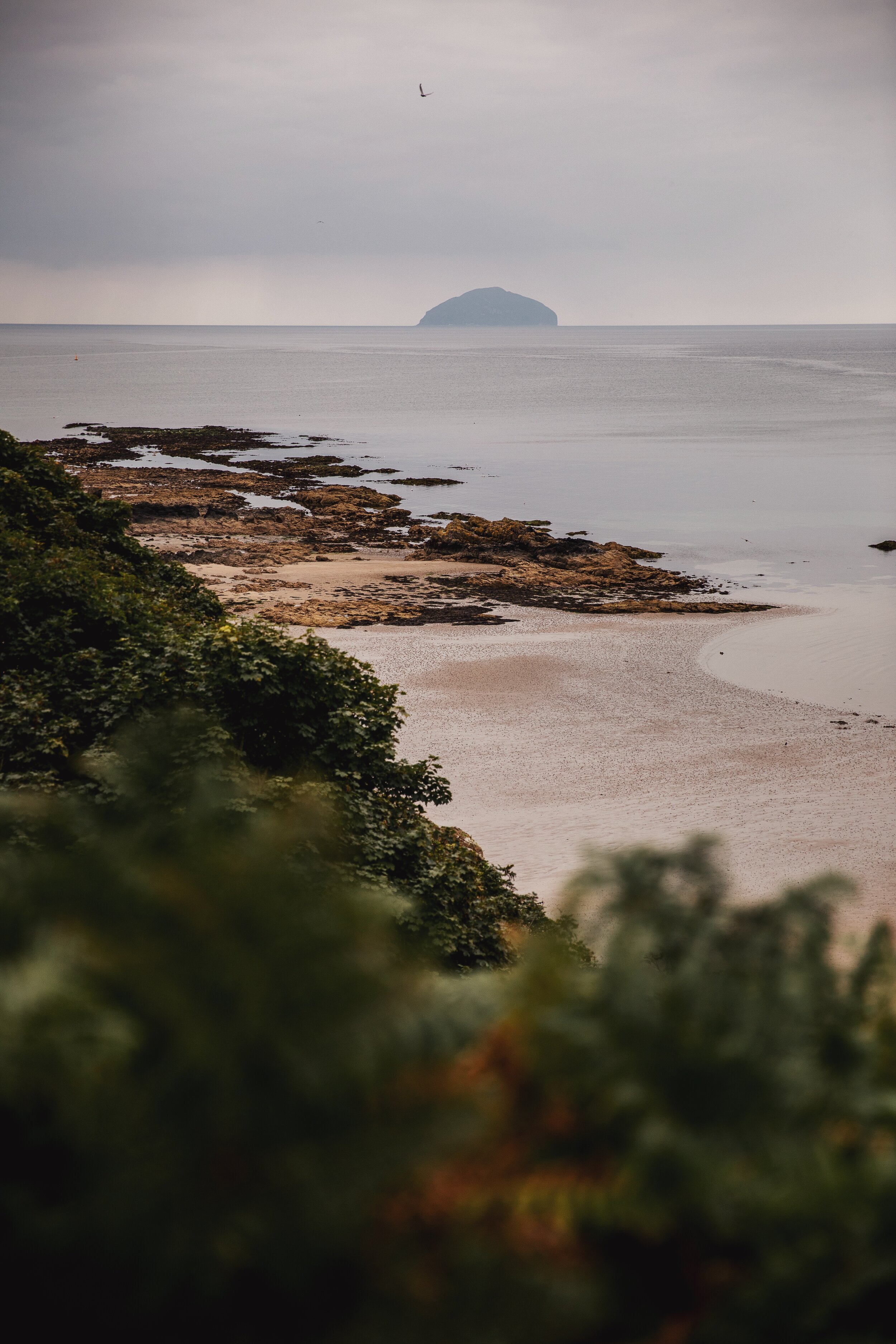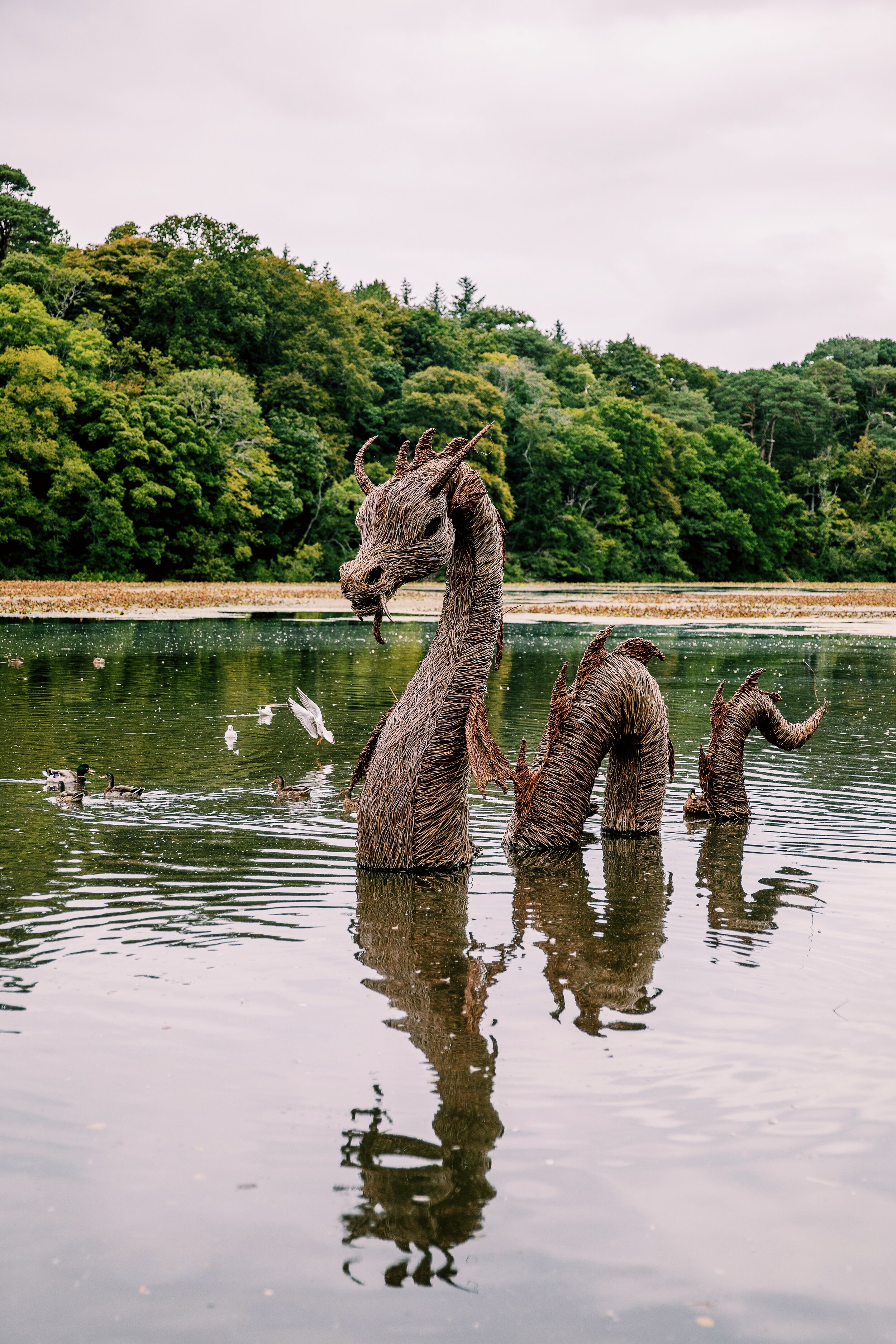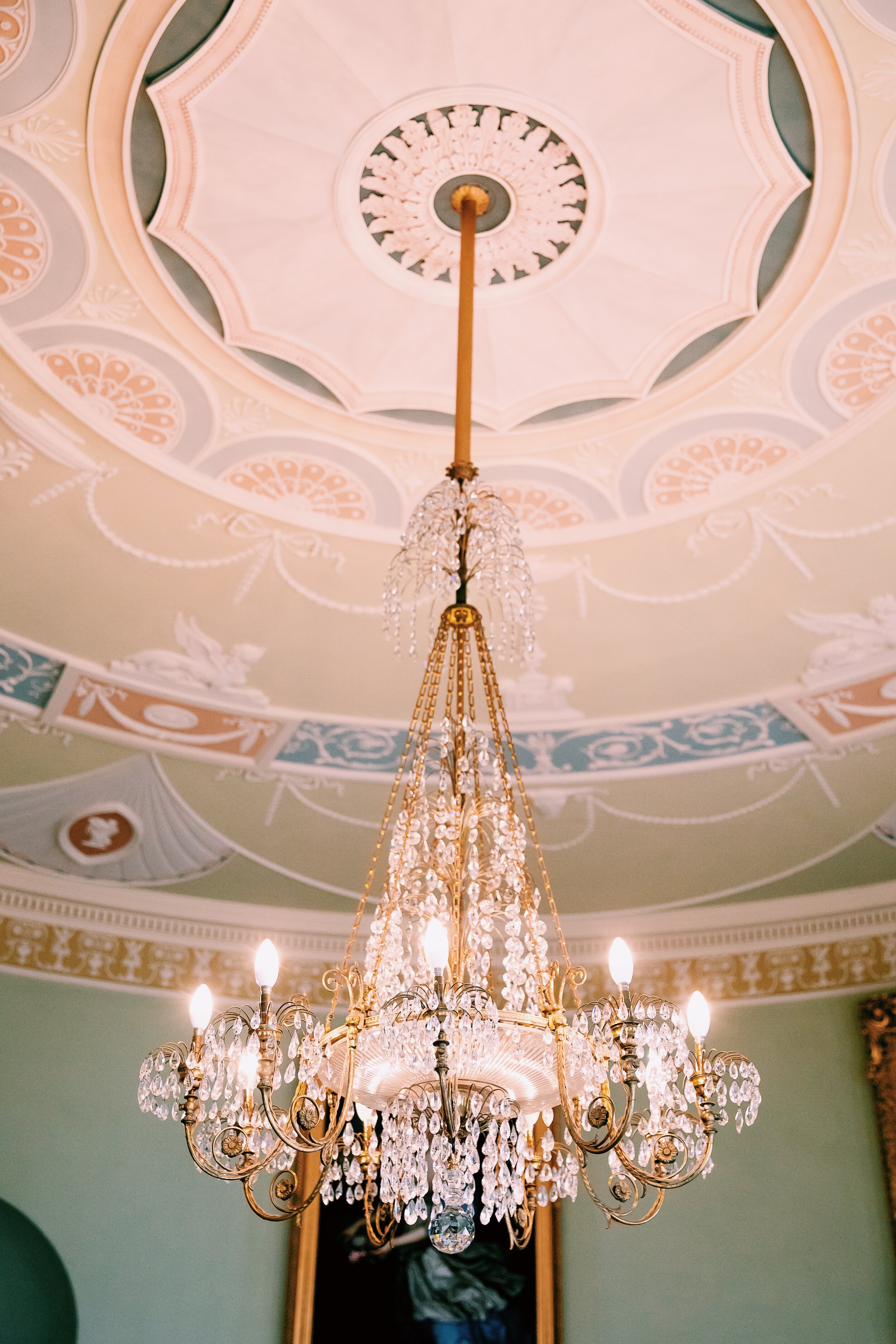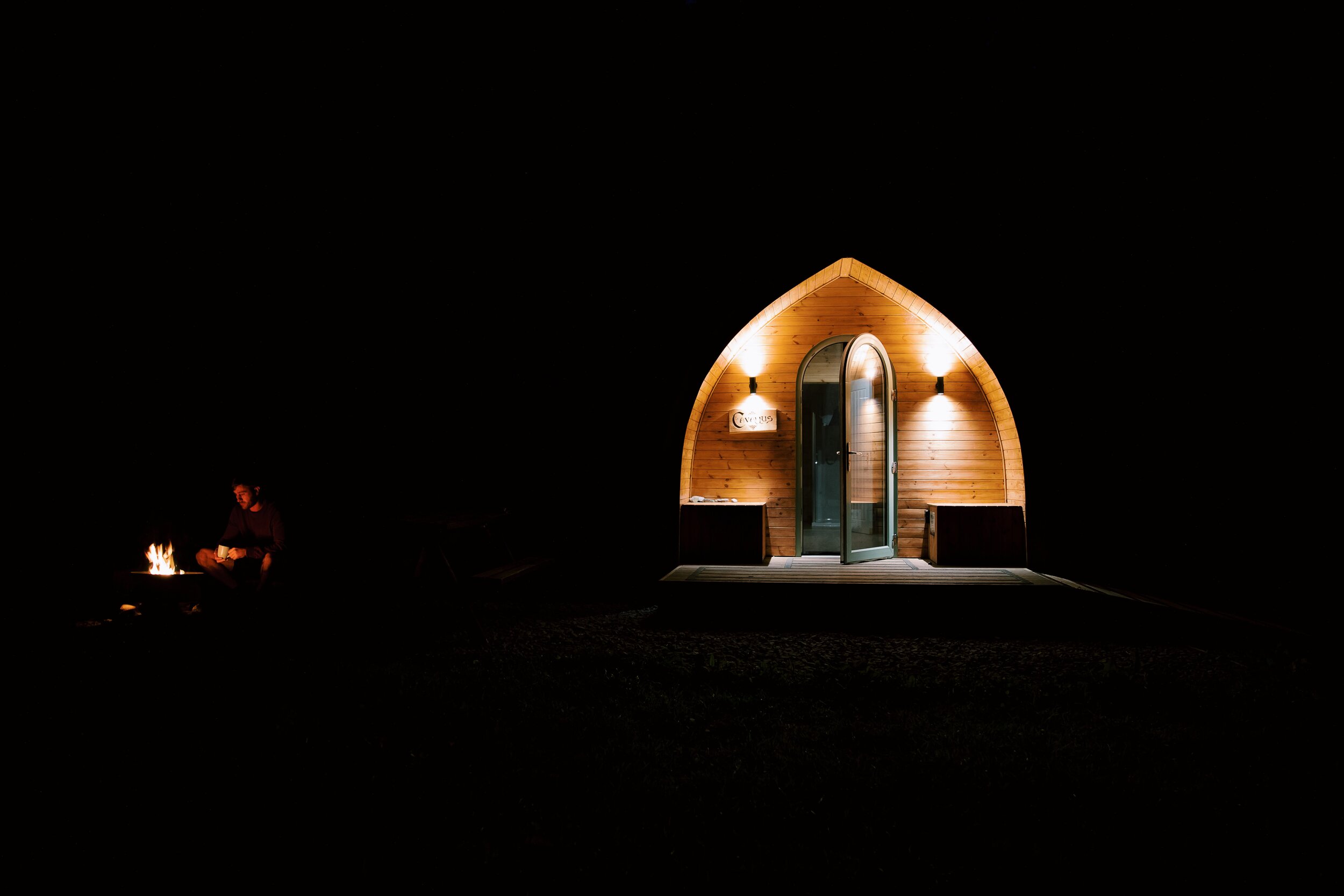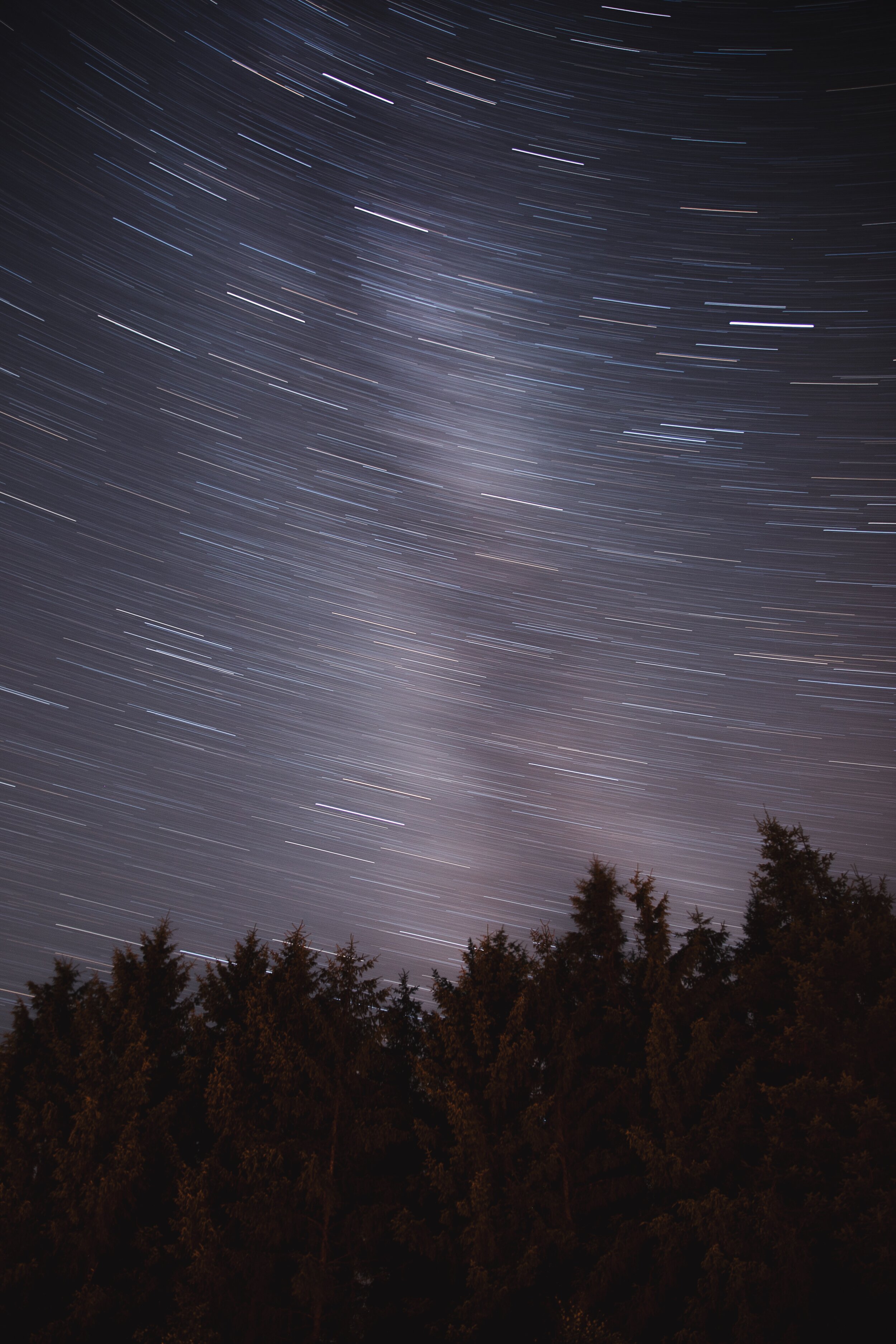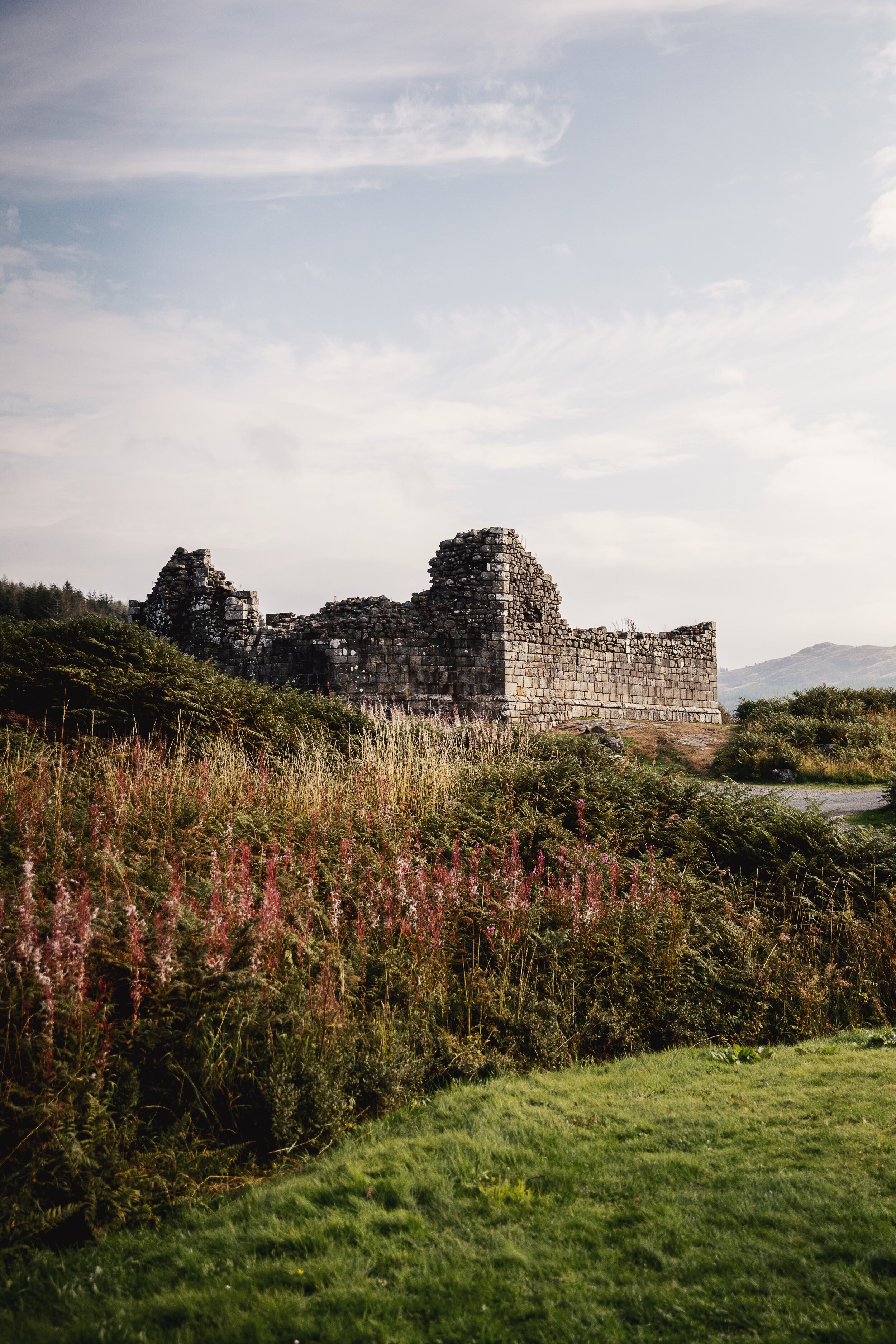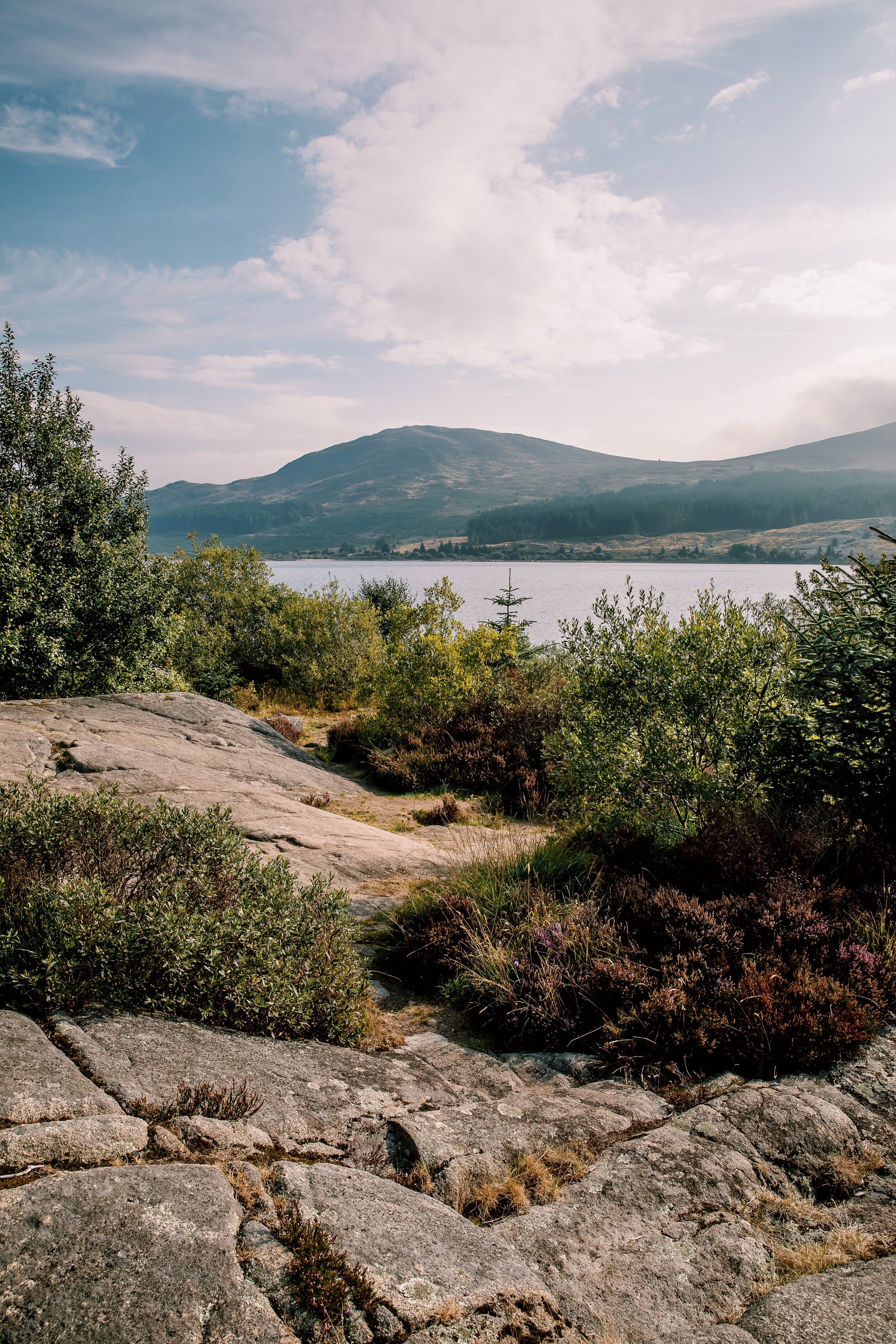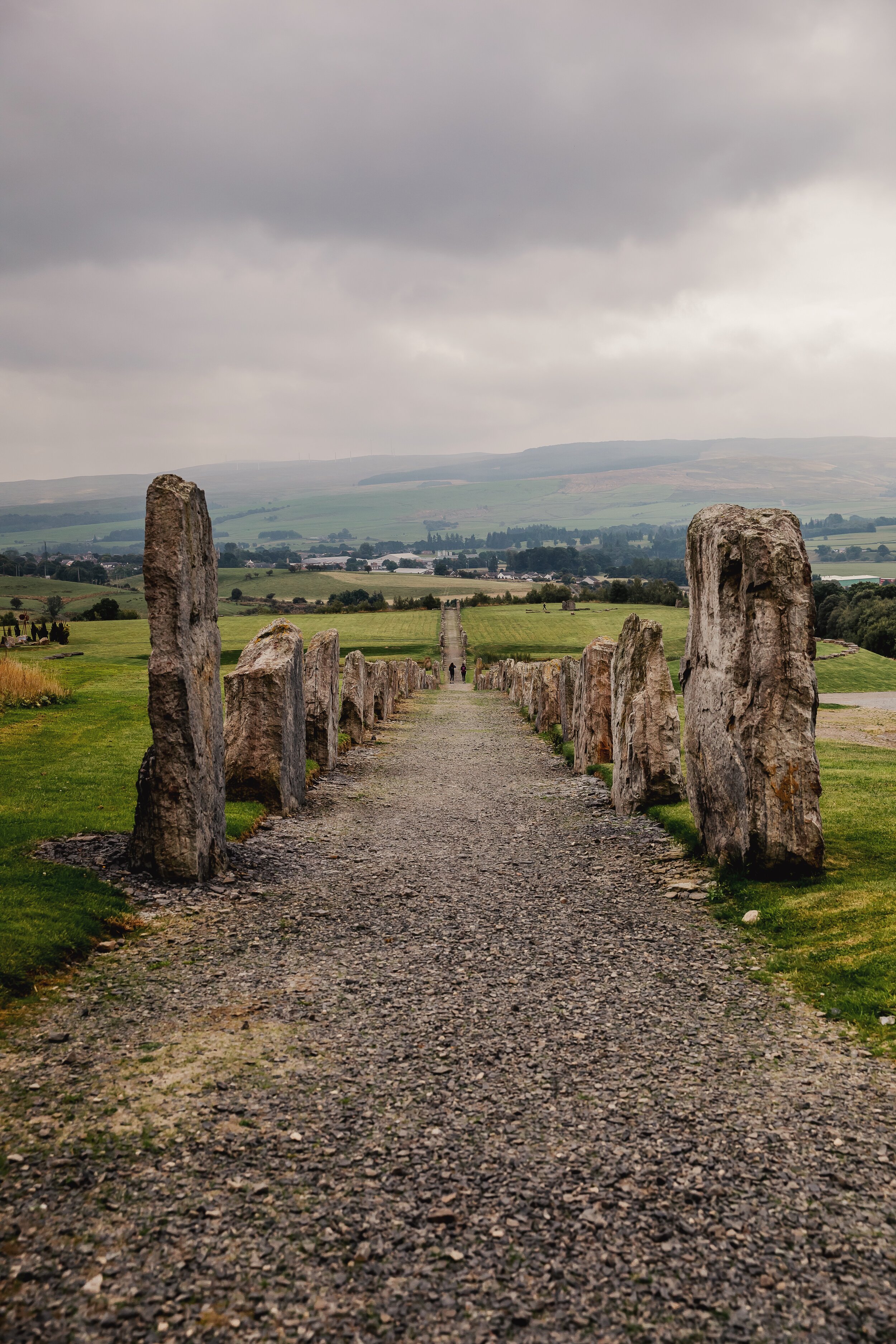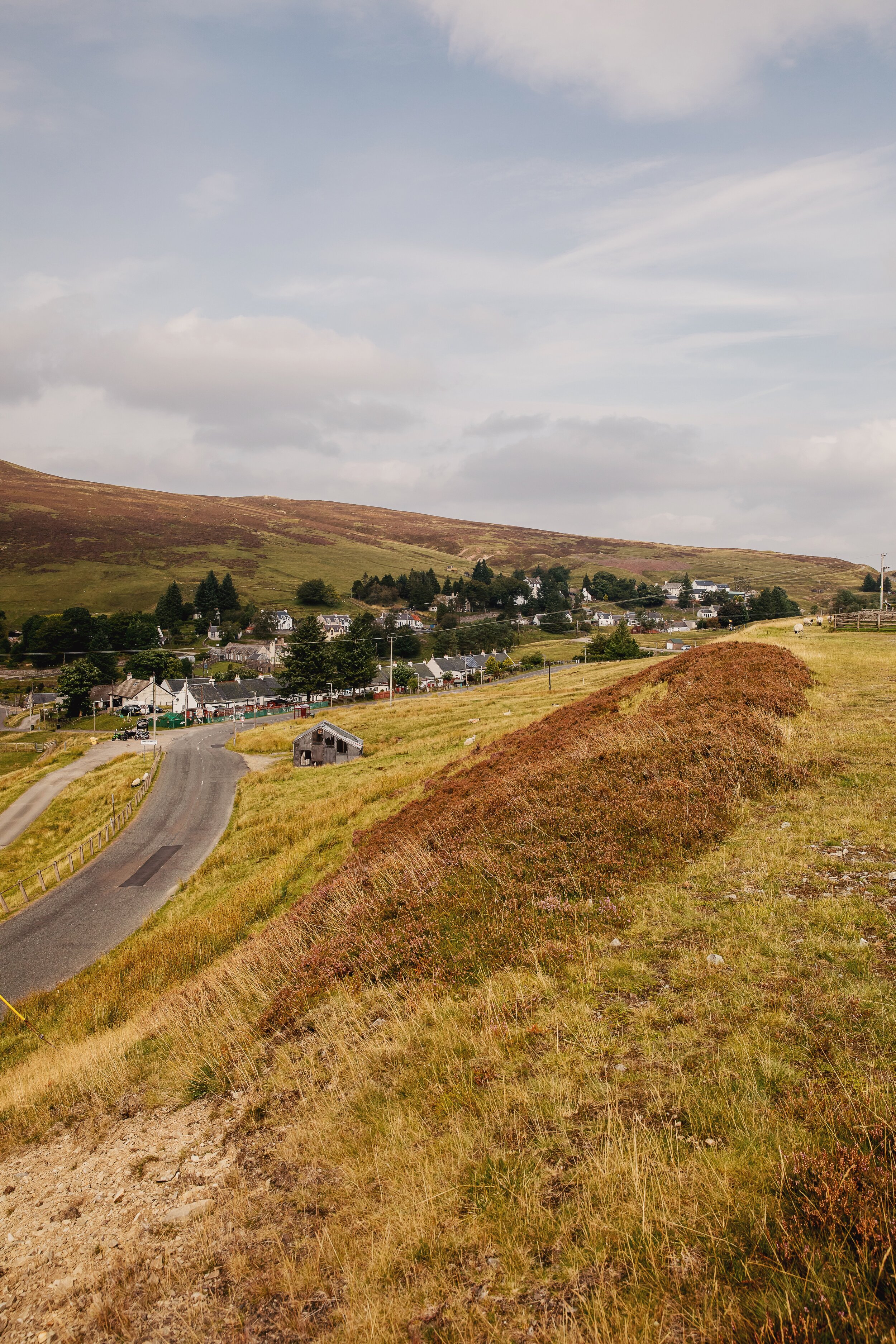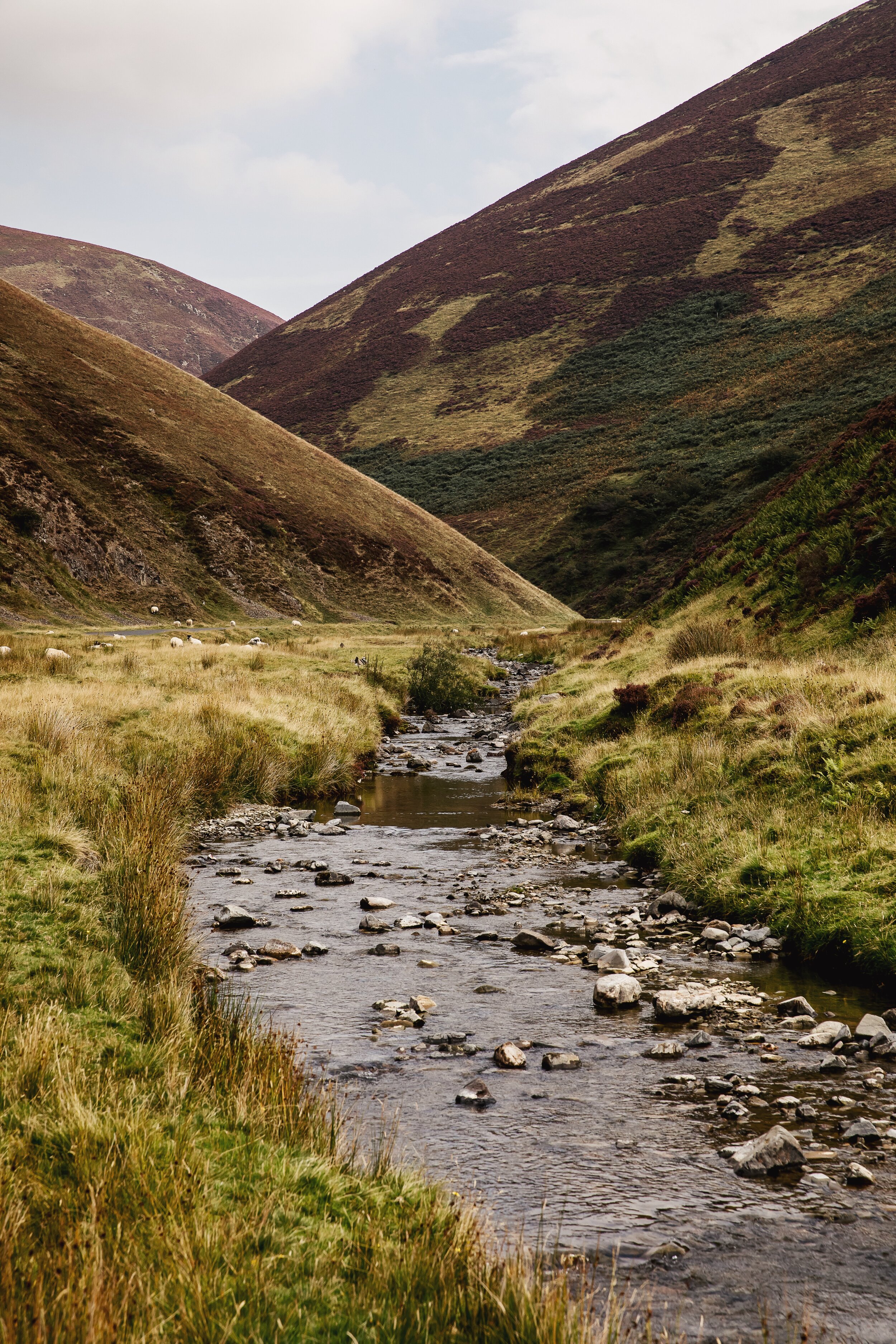Recently we travelled along the South West Coastal 300, a road trip that loops around Dumfries and Galloway and up into Ayrshire. While driving through this landscape we witnessed diverse and picturesque scenery and an abundance of wildlife. Unlike home, the hills along the SWC300 gently roll across the land but they are higher than a lot of people believe. Nestled among these hills you’ll find Scotland’s highest village, Wanlockhead. The coastline here is one of contrasts, to the east you’ll find the flat wetlands and expansive sands of the Solway. To the west, the towering cliffs of the Mull of Galloway which is Scotland’s most southerly point. The UK’s largest forest can also be found along the route. In addition to the beauty of nature you’ll also find an area steeped in captivating history and the prettiest of towns.
Our first evening was spent in Langholm, or ‘Muckle toon’ as it’s sometimes referred to locally. The River Esk is joined by Elves Water and Wauchope Water in Langholm which just adds to the charm of this pretty town. That evening we stayed at the Eskdale Hotel in the town centre. Like the rest of the people in the town, the staff were incredibly friendly and I was very impressed with the menu. There was a large selection of mains to choose from but the highlight for me was the selection of sides. I am not a fan of chips and in most places chips are your only option, where as here you could choose from chips, potatoes, salad, vegetables, rice or bread which was fantastic.
The first official stop of our trip was Gilnockie Tower which stands proudly on the banks of the River Esk. On arrival, we were met by Ian and Tom who gave us a private tour of the 16th century tower and shared all its secrets with us. The tower was the stronghold of the Clan Armstrong who were once notorious border reivers. For centuries the border reivers raided this area which at the time was often referred to as the ‘debatable lands’ because no one never really knew if they belonged to Scotland or England. The reivers had no real loyalty, Ian told us they would carry the flag of both Scotland and England and exhibit whatever flag gave them the most leverage at the time. The tower itself has been recently renovated and restored to what it would have looked like in the 16th century. Gilnockie is filled with tales of characters from centuries past but it also has an area dedicated to a figure from modern history, the one and only Neil Armstrong. The first man to walk on the moon visited the then ruined tower back in 1972 to discover the tales of his reiver ancestors while on a visit to Scotland.
Caerlaverock Wetland Centre was our next destination. This haven for wildlife is run by WWT, a conservation charity set up by Sir Peter Scott to protect wildlife and wetlands. This is the perfect place to visit if you are looking for a bit of tranquility. As we wandered along the hedgerows we were surrounded by butterflies, flowers and small birds, we even spotted a Peregrine Falcon. The reserve is home to the most northerly colony of Natterjack toads as well as larger mammals such as otters, badgers and deer. Autumn is when Caerlaverock really comes alive as almost the entire population of Svalbard barnacle geese (over 30,000 birds) begin to arrive on the Solway coast for the winter months
From the wetland centre it is possible to walk along to Caerlaverock Castle which was my favourite castle as a child. I thought it looked like a real fairytale castle thanks to the moat. Entrance to the castle is currently closed due to safety concerns with the structure but it’s still worth a visit to see the castle from the grounds. A castle has stood here for over 600 years but the structure we see today is probably quite different to the original. Over the years it was repaired and enhanced many times after regularly coming under siege particularly during the Wars of Independence.
After soaking up the sun at Caerlaverock we travelled up through the town of Dumfries and onto the delightful village of New Abbey. The romantically named Sweetheart Abbey can be found in the heart of the village. The abbey was commissioned by Lady Devorgilla in 1273 in memory of her late husband. The story goes that after her husband passed she had his heart embalmed so she could keep it with her at all times. Then, upon her own death she was buried beside her husband still clutching his heart. The monks of the Abbey named the Abbey ‘Sweetheart Abbey’ in her memory. I sadly never managed to visit or photograph the Abbey as it is currently covered in scaffolding due to restoration work.
Before travelling to our accommodation for the evening we look a wander along the beach at Powillimount and onto Southerness where you’ll find the second oldest lighthouse in Scotland. This peaceful coastline offers long walks along expansive beaches with lovely views over the Solway and across to the Lake District.
That evening we were treated to a stay at the award winning Cavens Country House which is run by husband and wife, Angus and Jane Fordyce. The beautiful house dates back to 1792 and is surrounded by a 6 acre garden. The garden is absolutely stunning and has a very ‘Secret Garden’ aura about it. On arrival Angus greeted us warmly and showed us around the house. He told us that he wants guests to have a relaxed stay and feel at home while experiencing the finery the house has to offer.
Cavens offers an exceptional dining experience as Angus has trained with some of the best chefs. We started our dinner with a free range duck dish. This was followed by Sea bass which had been caught just along the coast. We both agreed that this locally caught Sea bass had an exquisite flavour. For dessert I had a blueberry tart and Simon had a selection of cheeses purchased from the Loch Arthur Farmshop which is located nearby. Their ethos for food is all about ‘top quality ingredients and tasty, unpretentious dishes.’
Day 2 started with a visit to Threave Gardens which is managed by the National Trust for Scotland. The gardens are beautifully landscaped with an abundance of colour throughout the seasons. Within the gardens we wandered through many different styles of smaller gardens including walled gardens, rockeries, fruit and vegetable patches and an oriental garden. There are also woodland walks and a large estate house which can be visited. The wider estate is home to a variety of wildlife including birds of all shapes and sizes, bats, deer, otters and red squirrels which we were lucky enough to spot. I also managed to photograph my first ever woodpecker.
Bladnoch Distillery was our next destination, this is the most Southerly distillery in Scotland. We were given a guided tour by the lovely Helen who told us the extensive history of Bladnoch which dates back over 200 years. She told us the water for the distillery comes from the nearby River Bladnoch and the malt from British growers, this all contributes to the flavour of the whisky. I’d never been on a distillery tour before and didn’t really understand the process of making whisky so learning about the process was really interesting. After the tour we were given a whisky tasting, I was driving so couldn’t partake in this part but Simon thoroughly enjoyed the experience. Helen very kindly bottled up my tasting samples so I could enjoy them at home. After the tour and tasting we enjoyed a lovely lunch at the distillery cafe where a delicious selection of food from local producers is served.
Next stop was the Royal Burgh of Whithorn, a small town with fascinating history. Evidence suggests that Whithorn was the location of Scotland’s first Christian Church and Scotland’s oldest Christian monument can also be found in the town. Christianity’s arrival here was attributed to the mysterious figure of St Ninian whose legacy made Whithorn a place of pilgrimage for centuries. Because of its location Whithorn came under the influence of many different cultures including the early Christian Saints, the Romans, the Anglo Saxons, the Vikings and the Gaels. In fact on our visit we learnt that Galloway means ‘land of the foreign Gaels.’ When we arrived in Whithorn we met up with Julia from the Whithorn Trust who told us of the areas history and showed us around. We visited a replica round house which was amazing, a museum and a priory. Julia and her team do an incredible job of telling Whithorn’s story to visitors but they also work really hard to get the local community involved too. There are opportunities for young adults to take up apprenticeships, which has succeeded in getting many out of the spiral of unemployment. A lot of work is also done to get local school children actively involved and engaged with history.
A short drive from Whithorn you’ll find the pretty seaside village of the Isle of Whithorn and from here you can walk along the headland to St Ninian’s cave. The Saint is thought to have retreated here but it has also been suggested that this cave could have been a hermitage, a chapel or a stone carving workshop.
Our accommodation for the evening was at Tigh na Mara, a lovely hotel located across the road from a sandy beach and only 30 minutes drive from the Mull of Galloway. We were greeted warmly by the hotel manager Neil and, much to my delight, by a little cat who seems to have made the hotel its second home. Our room was cosy and comfortable with an attractive sea view. I’m really disappointed the weather wasn’t better as I was told on a sunny day it’s absolutely stunning. The hotel’s restaurant is modern, welcoming and serves delicious food. I was starving after all the walking throughout the day so decided on a steak. I was so hungry I forgot to take any pictures of the food but I can assure you it looked and tasted delicious.
The next morning we headed for Scotland’s most southerly point, the Mull of Galloway. This spectacular headland has vertical cliffs towering almost 280 feet above the turbulent seas below. On a clear day you can see the Lake District. Northern Ireland, the Isle of Man and I’ve read reports you can even see Snowdon in Wales on an exceptionally clear day. This is also the perfect place for spotting wildlife. A variety of seabirds nest here but you can also see seals, whales, dolphins and even foxes clambering around the cliffs looking for a seabird snack. Like most headlands the Mull of Galloway has a lighthouse. Robert Stevenson built this lighthouse and it was first lit on 26th March 1830. I had such a lovely time wandering around this place and would love to come back again to explore it a little more.
Just outside Stranraer lies Castle Kennedy gardens. Upon entering the gardens you are met with the imposing ruin of Castle Kennedy itself. The surrounding gardens cover 75 acres and are described as ‘one of the showpieces of Galloway.’ On our visit we wandered through beautiful avenues of trees, walled gardens, wide expanses of lawn and along the shores of two lochs. Like many other areas of Dumfries these gardens are home to an abundance of wildlife. We spotted a hare but foxes, badgers, squirrels and even otters can be found here.
After all the walking around we were starving and very grateful that a lunch had been booked for us at Henry’s Bay House Restaurant in Stranraer. We were given a warm welcome by Jane and seated at a table overlooking the bay. The menu features a wide variety of meals which are all prepared freshly on the premises by local chef John. John sources many of his ingredients locally which is always a good sign. The food we had was delicious and beautifully presented which is always a nice touch.
After lunch we left Dumfries and Galloway and drove up into Ayrshire to our next stop, Culzean Castle which sits on a cliff top. Culzean must be one of the most opulent castles I’ve ever visited, inside the castle you’ll find rooms seeping with wealth and grandeur. There are many stunning paintings, priceless pieces of furniture and a fascinating insight into the lives of the people who once lived there. However, as a nature lover I was probably more impressed with the country park which surrounds the castle. The grounds offer forest walks, views across to Arran and the Ailsa Craig, beaches, a swan pond and a walled garden along with many more features. It’s the perfect place to visit for the whole family.
Our accommodation that evening allowed us to really experience the great outdoors. We stayed in a lovely little Glamping Pod on the Craigengillan Estate. The beautiful estate lies on the outskirts of Galloway Forest Park which is the largest in the UK. This area is also a Dark Skies Park meaning it is the perfect place for star gazing on a clear night. When we arrived it was very overcast and stargazing wasn’t looking very likely so we lit a fire and cooked dinner.
Having a little peace and quiet after a busy few days was delightful. There is no WIFI at the pods and limited signal so it really lets you switch off. We sat by the fire and talked for a couple of hours and during this time the skies slowly began to clear. By around midnight the skies were totally clear giving us a view of the Milkyway and the September Epsilon Perseids meteor shower.
After a cosy night in the pod we travelled the short distance to Loch Doon. This beautiful loch is surrounded by hills and forests and home to an array of animals. At the southern end of the loch you’ll find the remains of Loch Doon Castle. This castle dates back to the times of Robert the Bruce and it is thought that Robert’s father constructed the castle. The castle was originally located on an island in Loch Doon but was moved, stone by stone, to its current location in 1935 due to rising water levels caused by a hydroelectric scheme.
Our penultimate destination was Crawick Multiverse which sits among a picturesque landscape of rolling hills. Crawick Multiverse is a land art installation which explores the idea that ‘our universe is just one of many.’ The man behind this installation was Charles Jencks. He was commissioned by the Duke of Buccleuch to create an art installation on the grounds of an old open cast coal mine. Even though the theories behind it might seem quite ‘out there’ for a lot of people it is still a lovely place to come and explore. The site has an amphitheatre and has held couple of festivals in recent years.
Our road trip was coming to an end but there was one last place we had to visit, Scotland’s highest village, Wanlockhead. To get to the village we had to travel through the Mennock pass which was absolutely stunning and could rival any highland pass. The hillside was awash with the bonnie purple heather making the views extra beautiful as we wound our way up the road. Wanlockhead lies at the top of the pass at an elevation of 467 meters, which is around 60 meters higher than Britain highest train station on Rannoch Moor. The village is a former mining town and you can find out more about the history and enter the mines by visiting the Lead Mining Museum located in the village. Sadly, the museum was closed when we passed through but I think it would be an intriguing place to visit.
I hope you enjoyed following me along on my road trip along the SWC300. The route covers so many beautiful and captivating areas and I couldn’t recommend it enough if you are looking to get away from the crowds and enjoy what nature has to offer.
